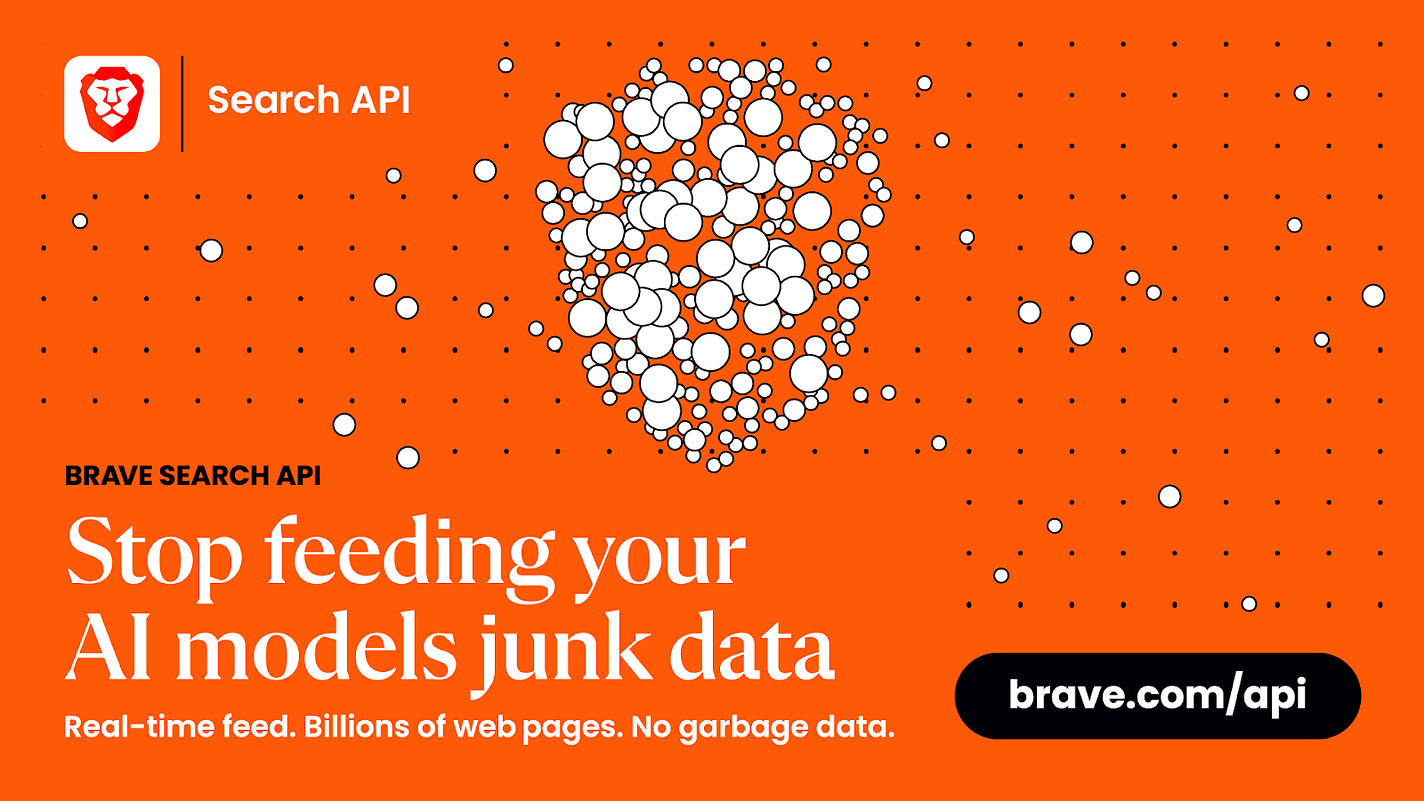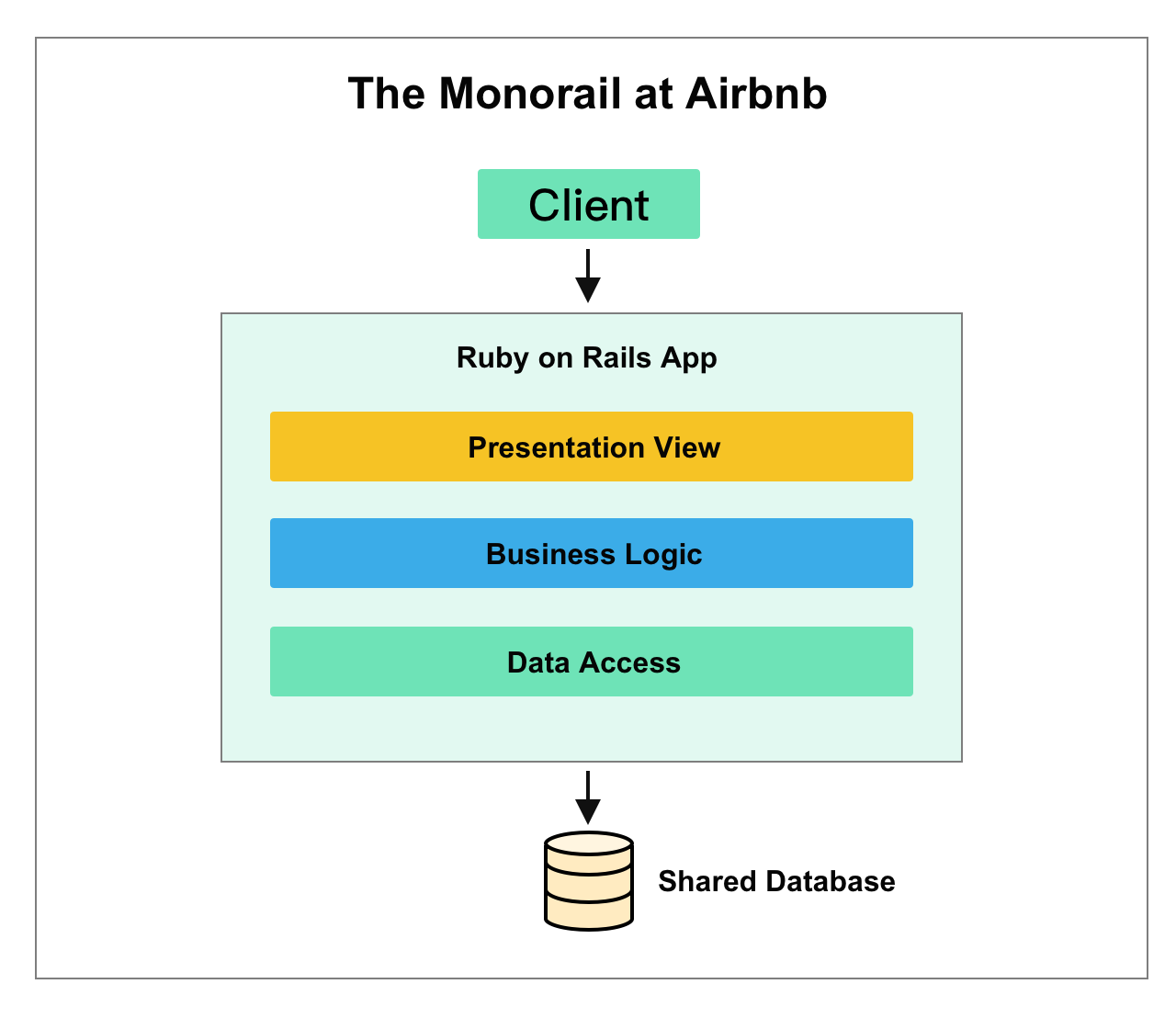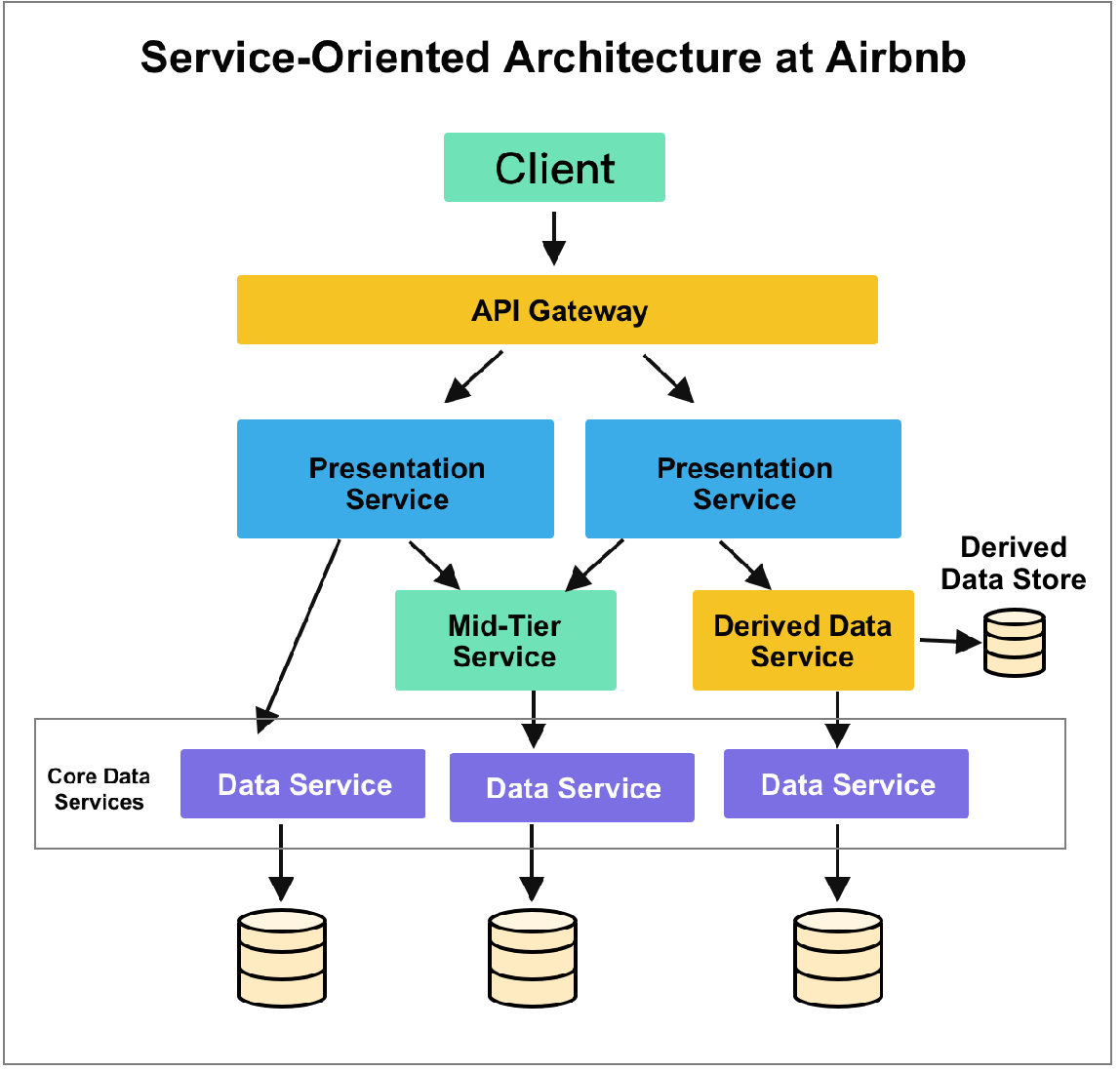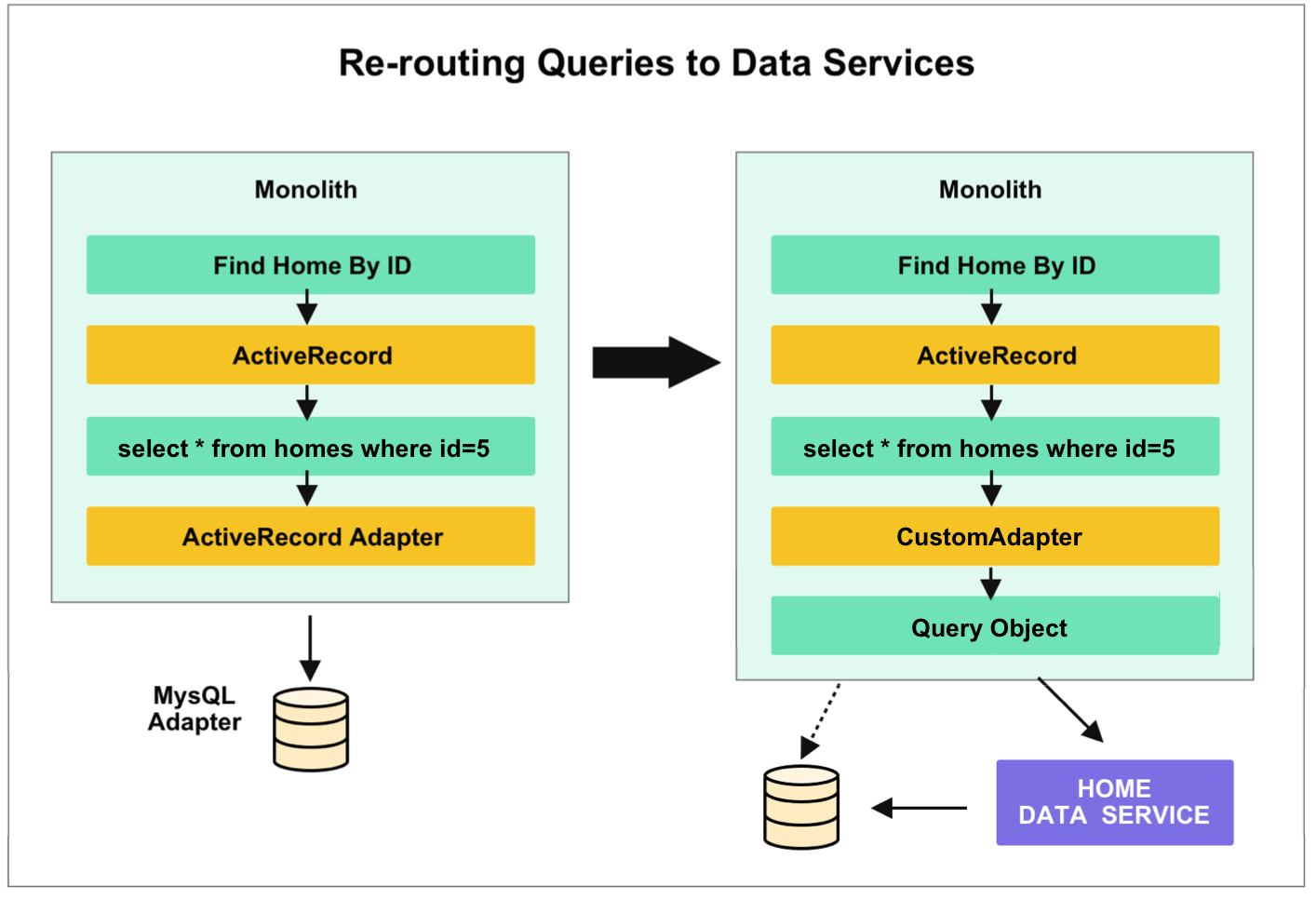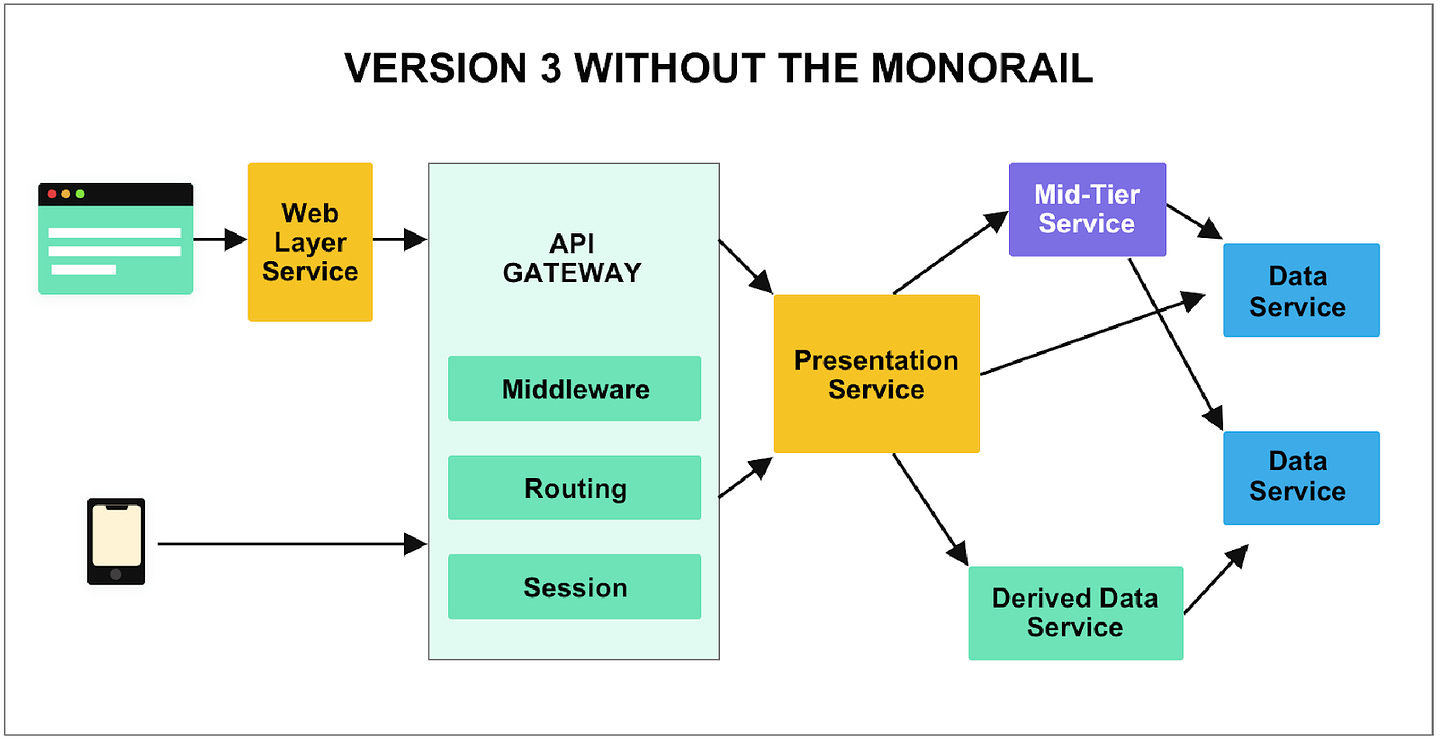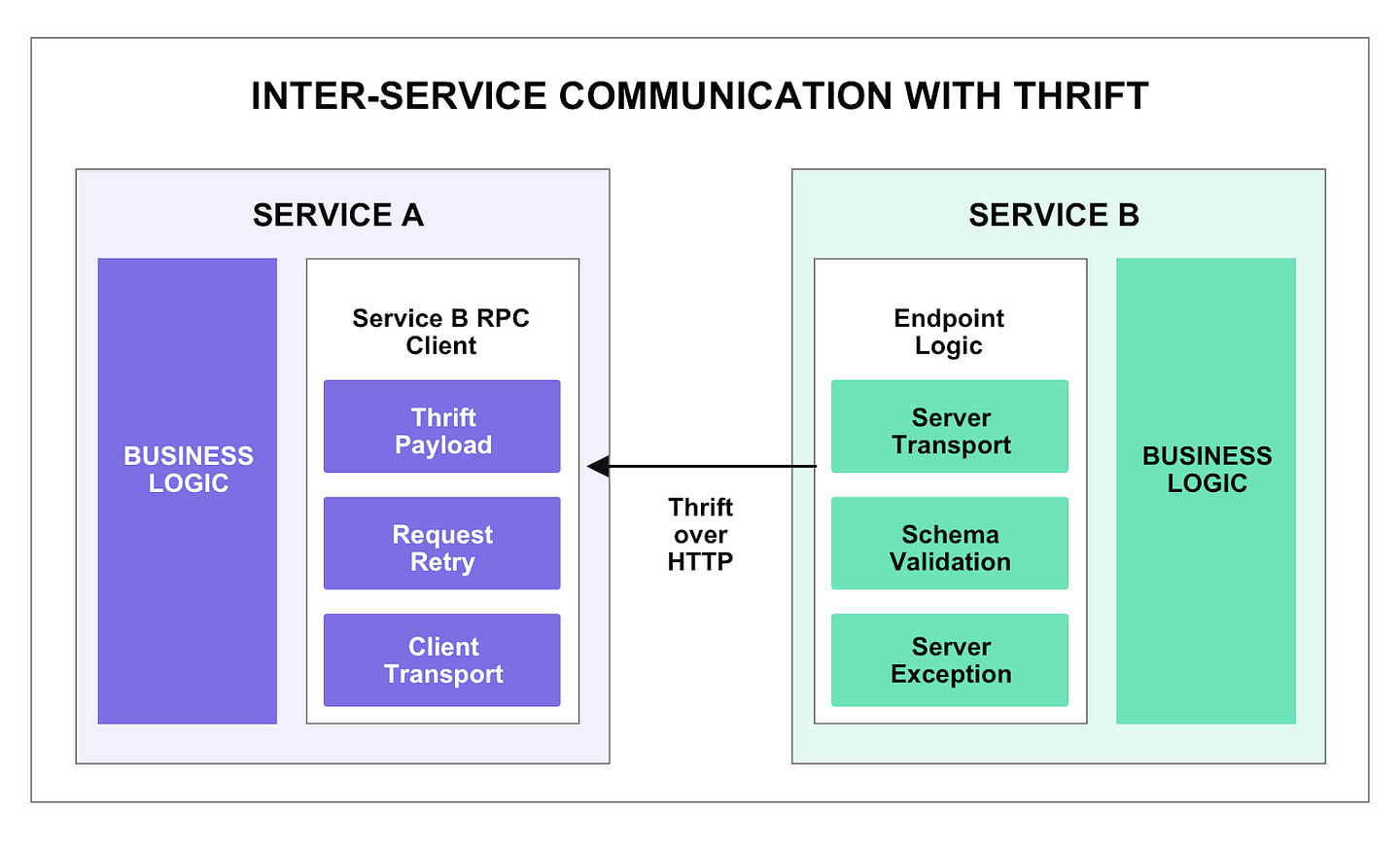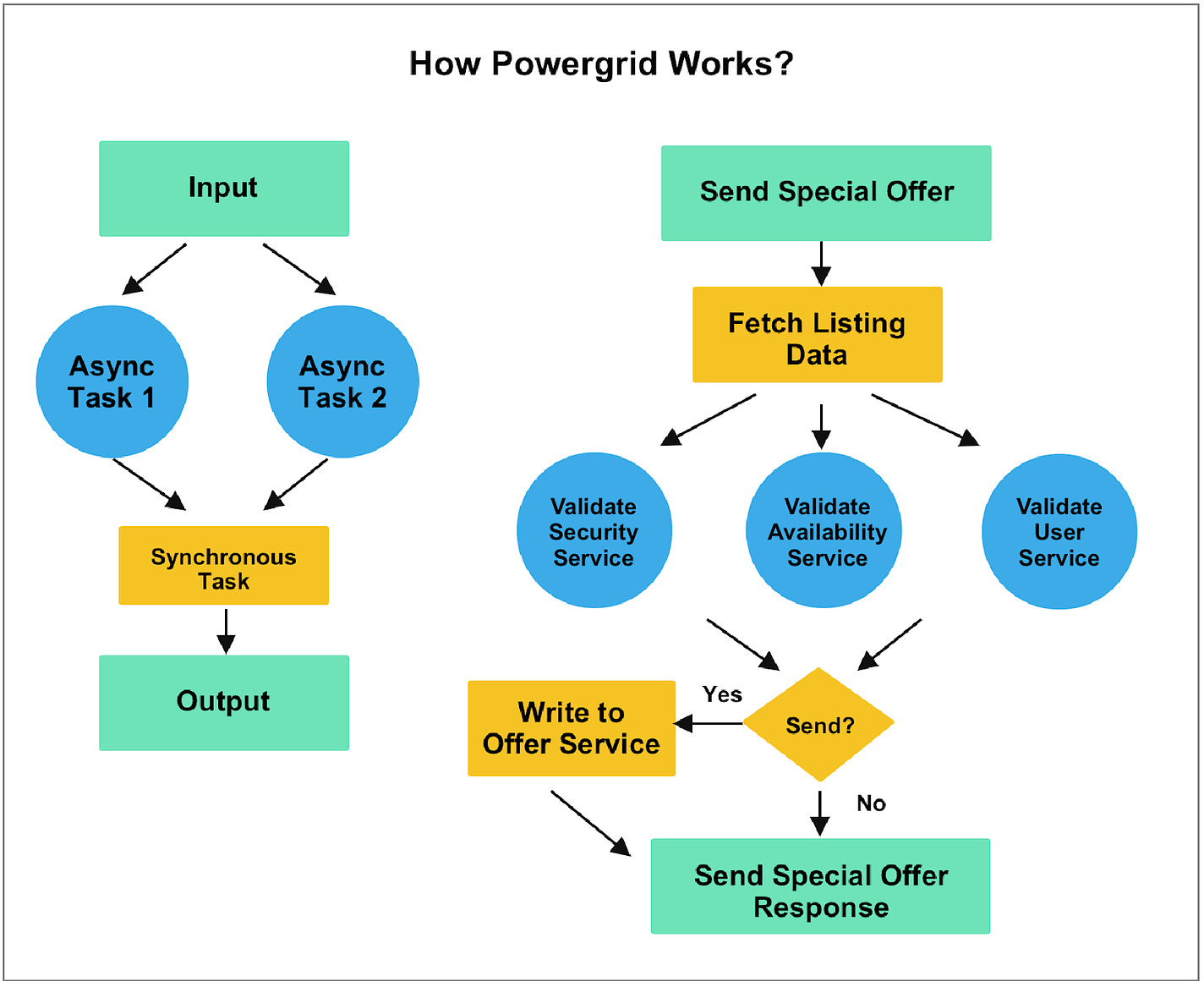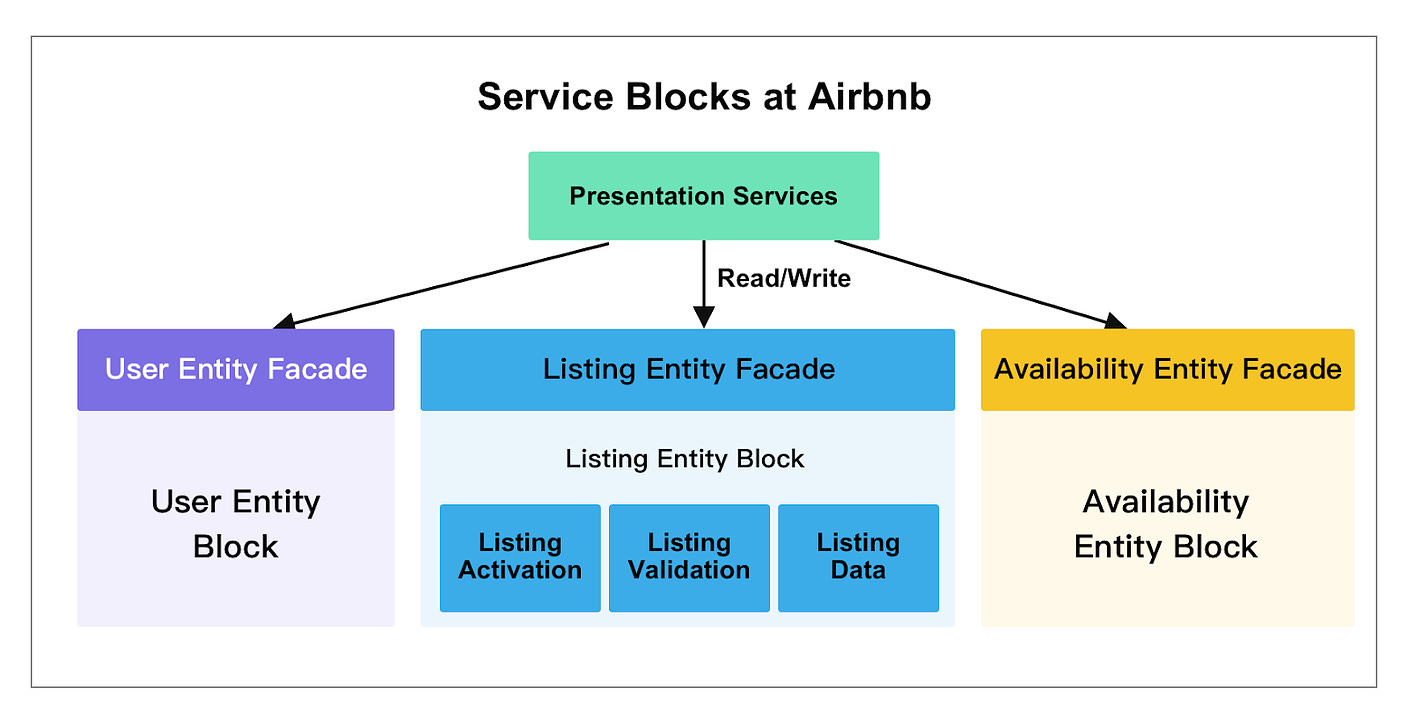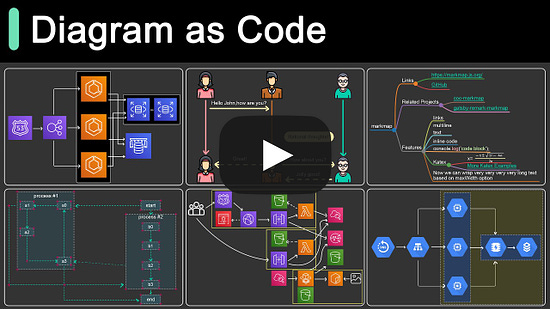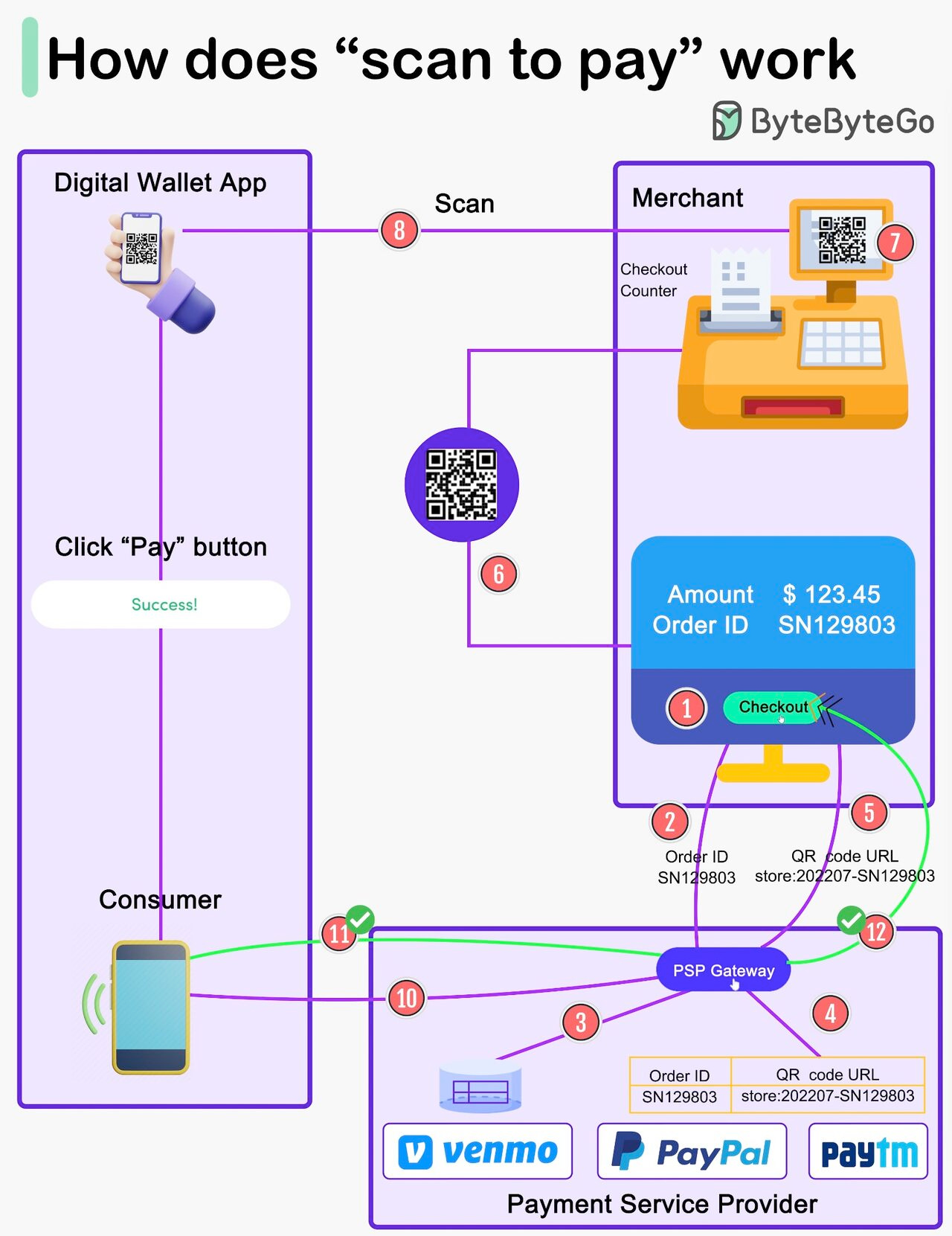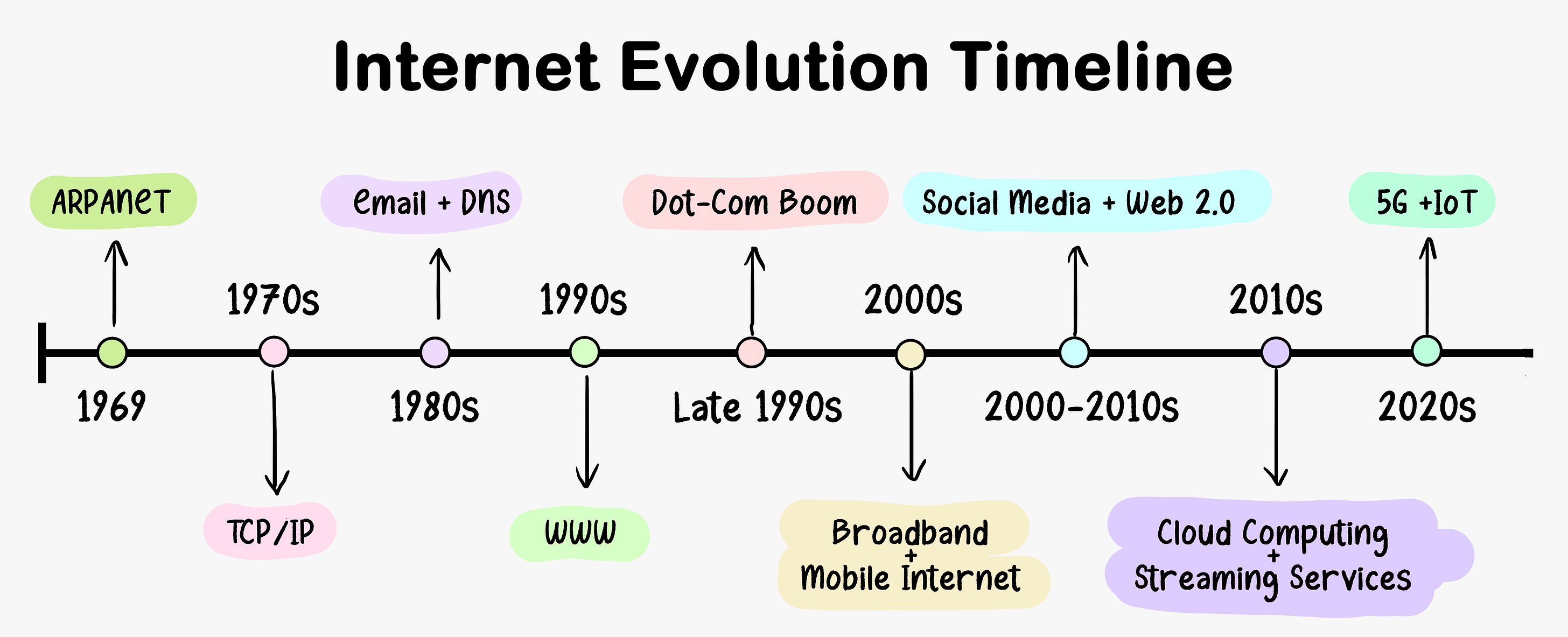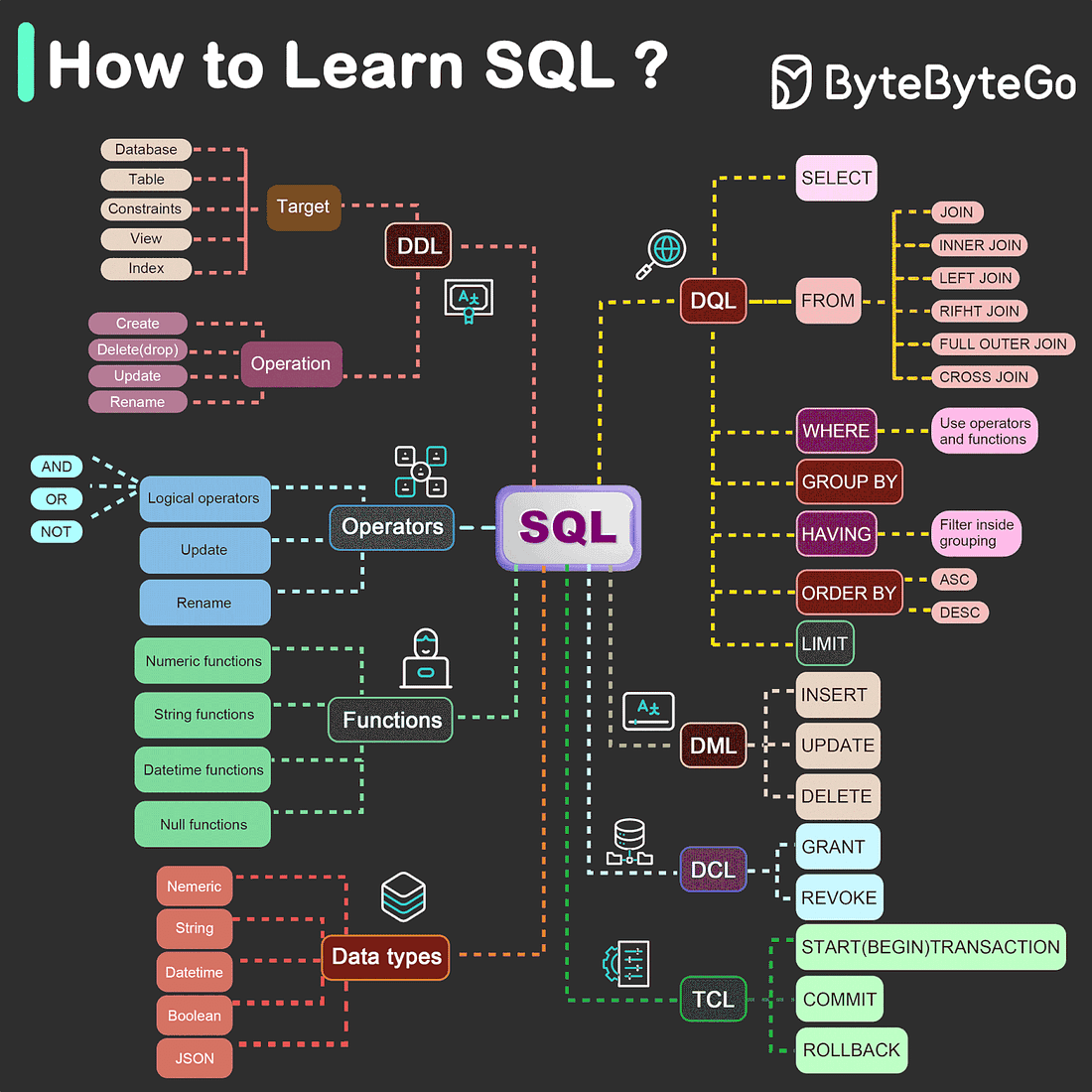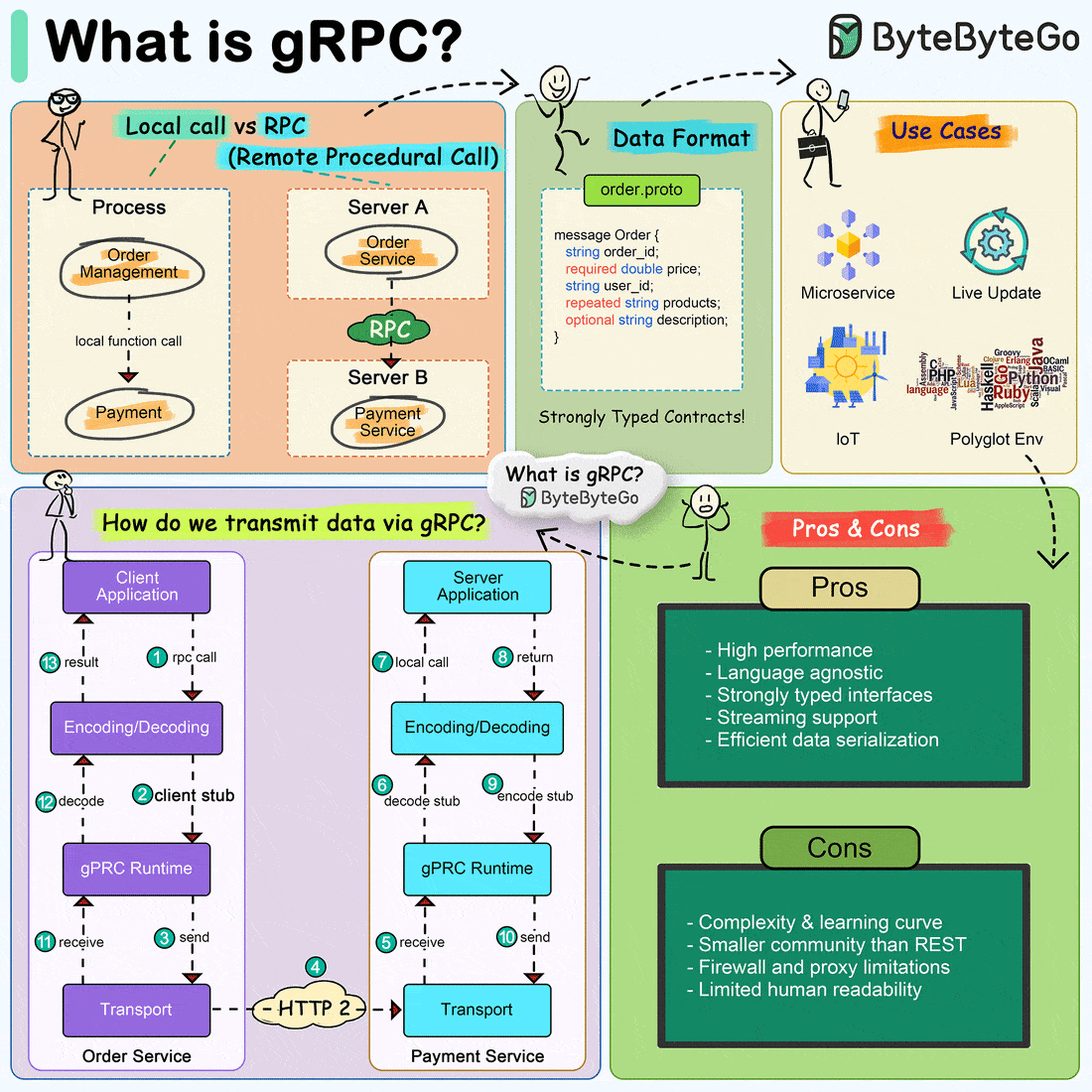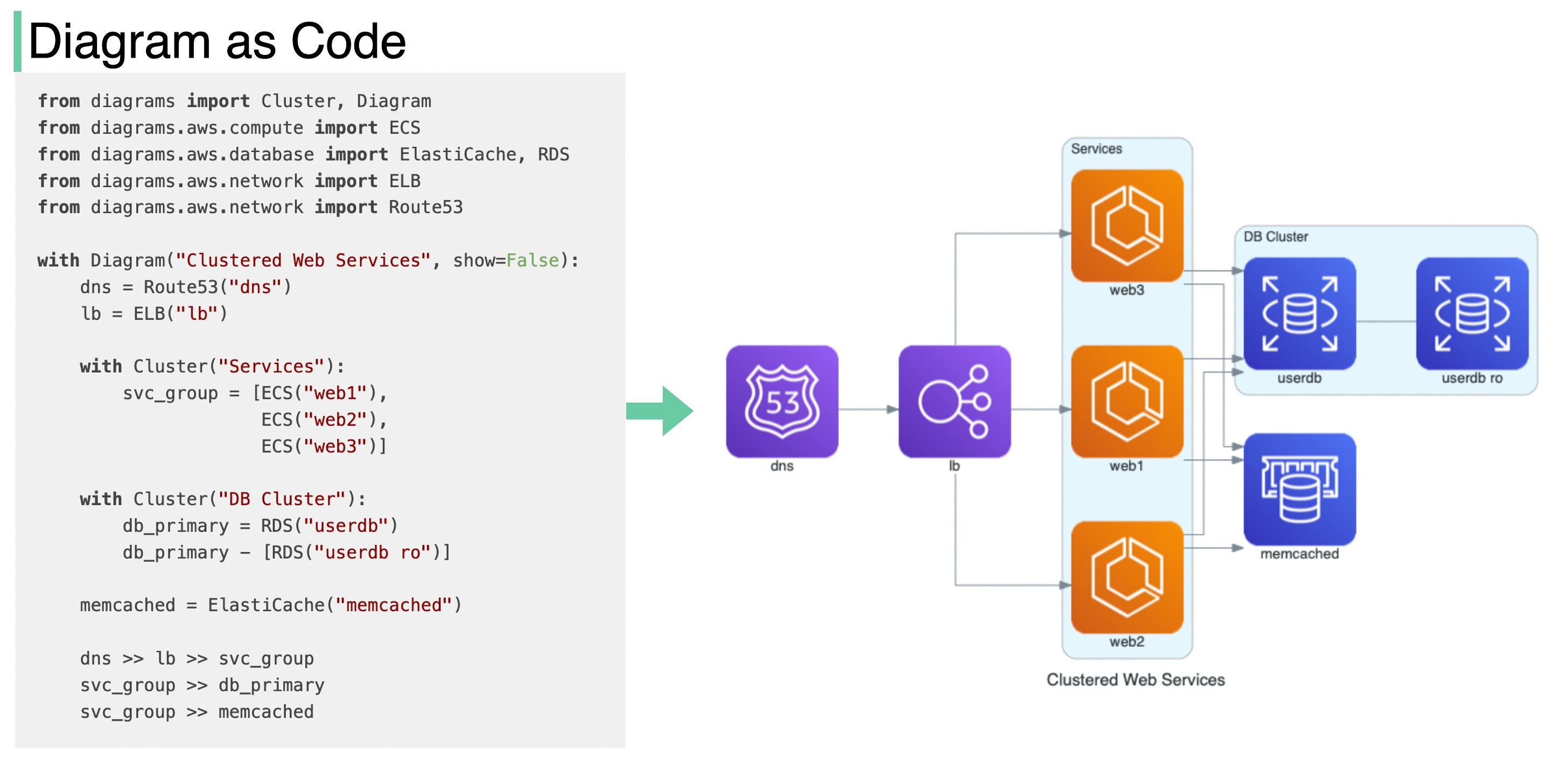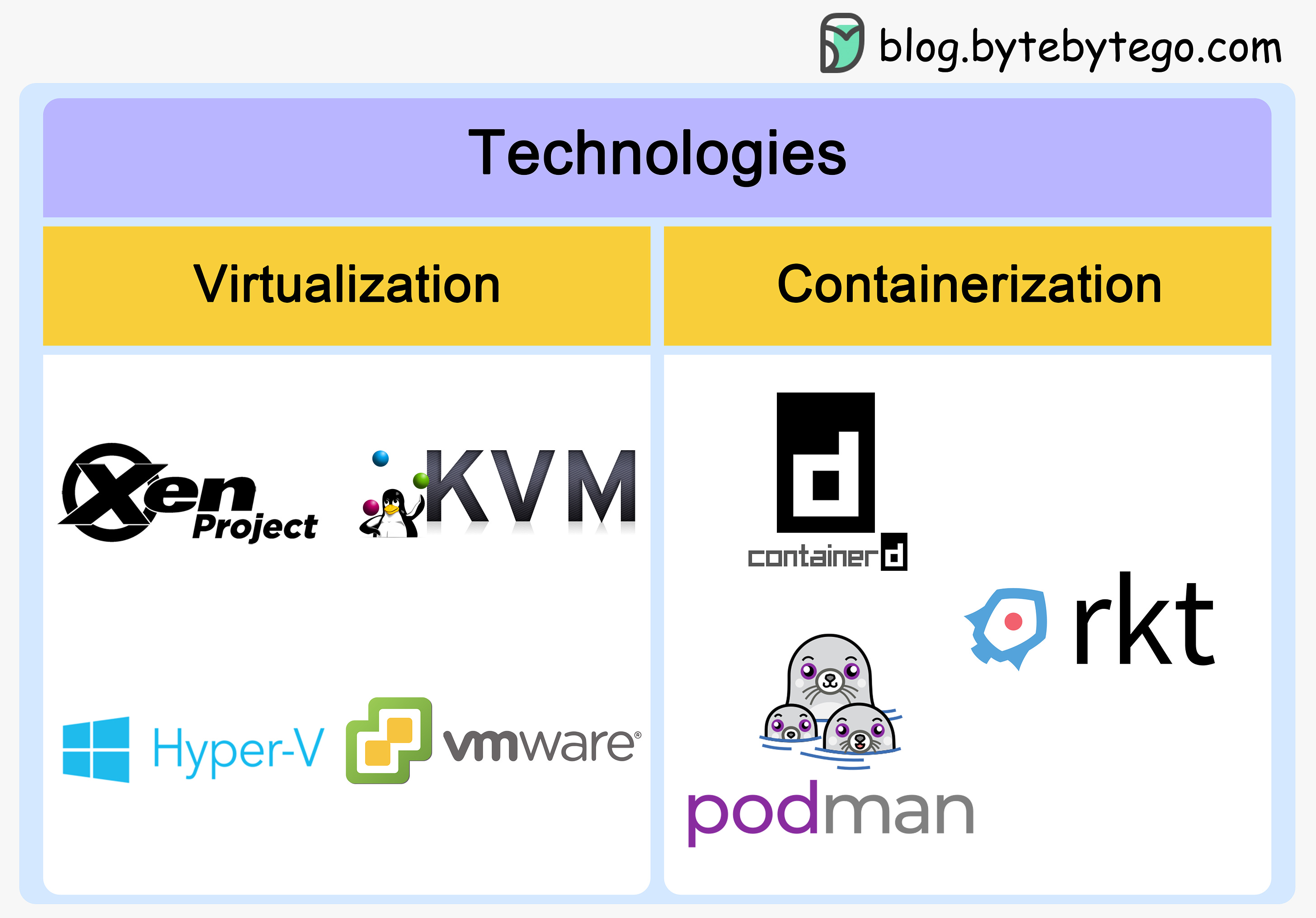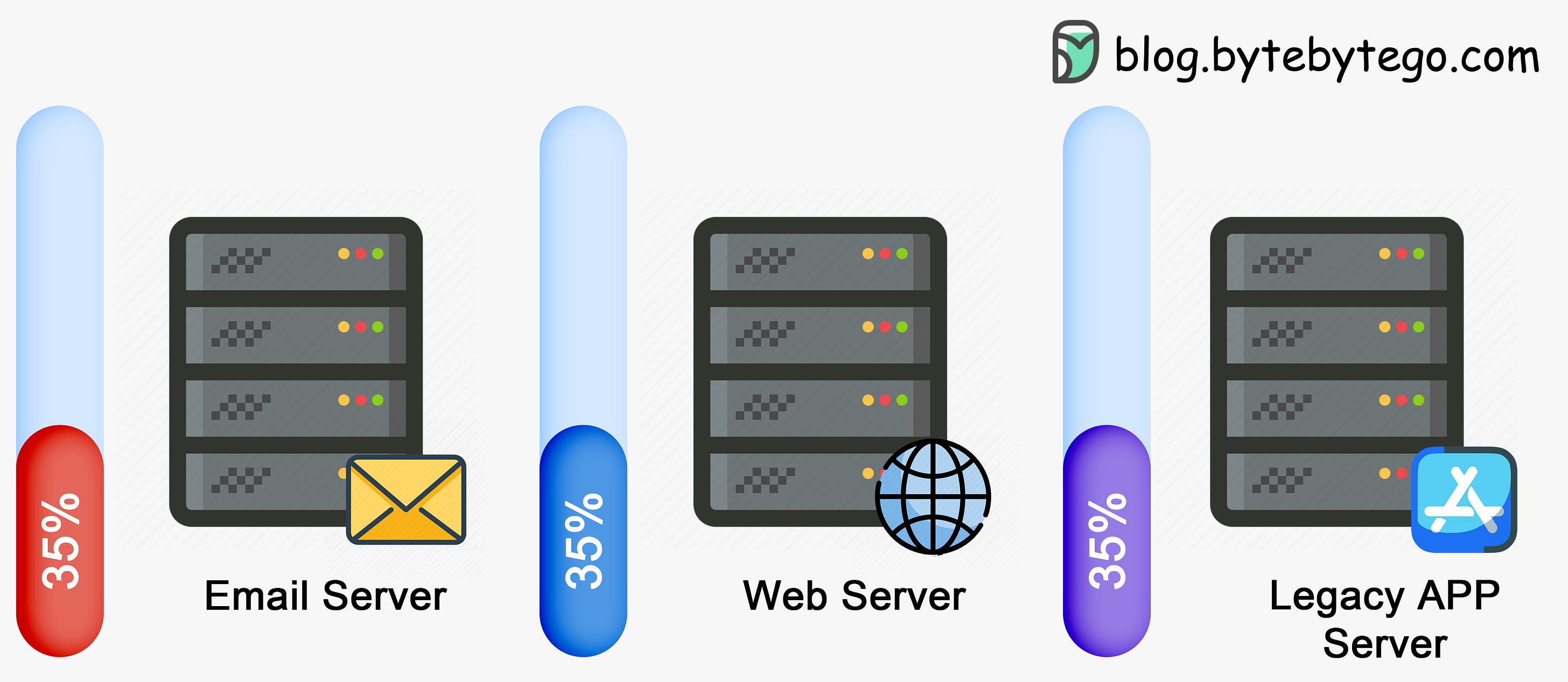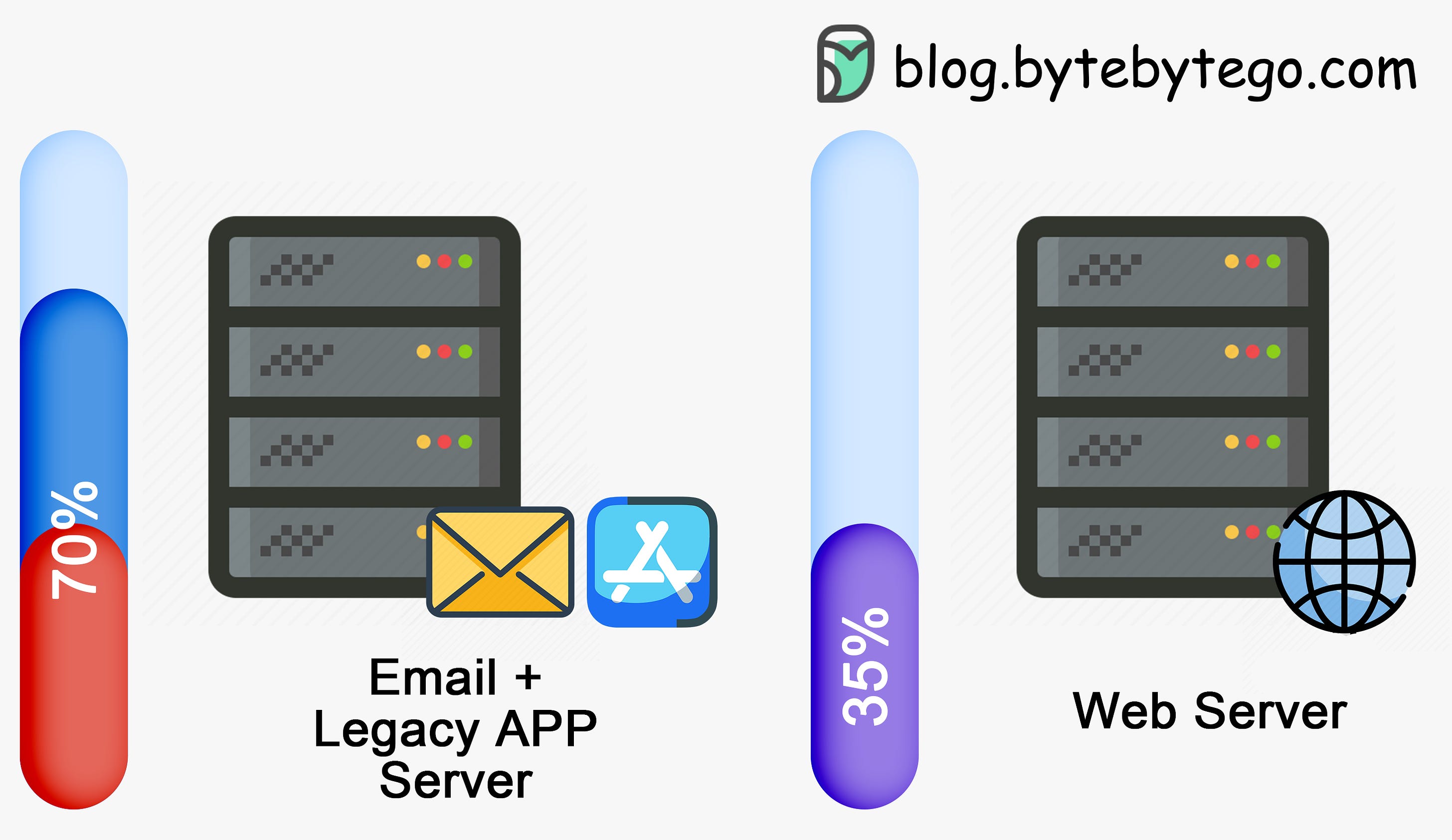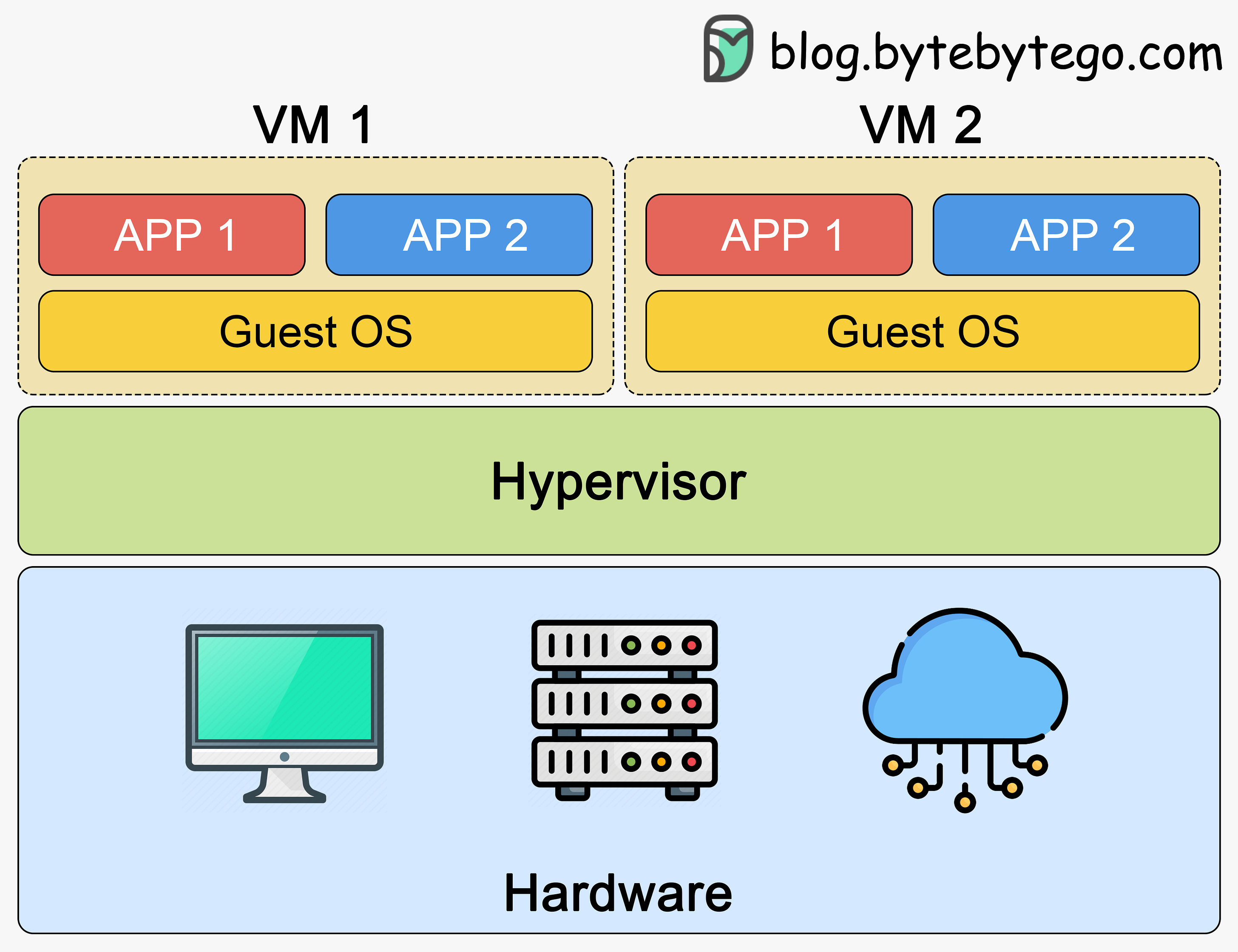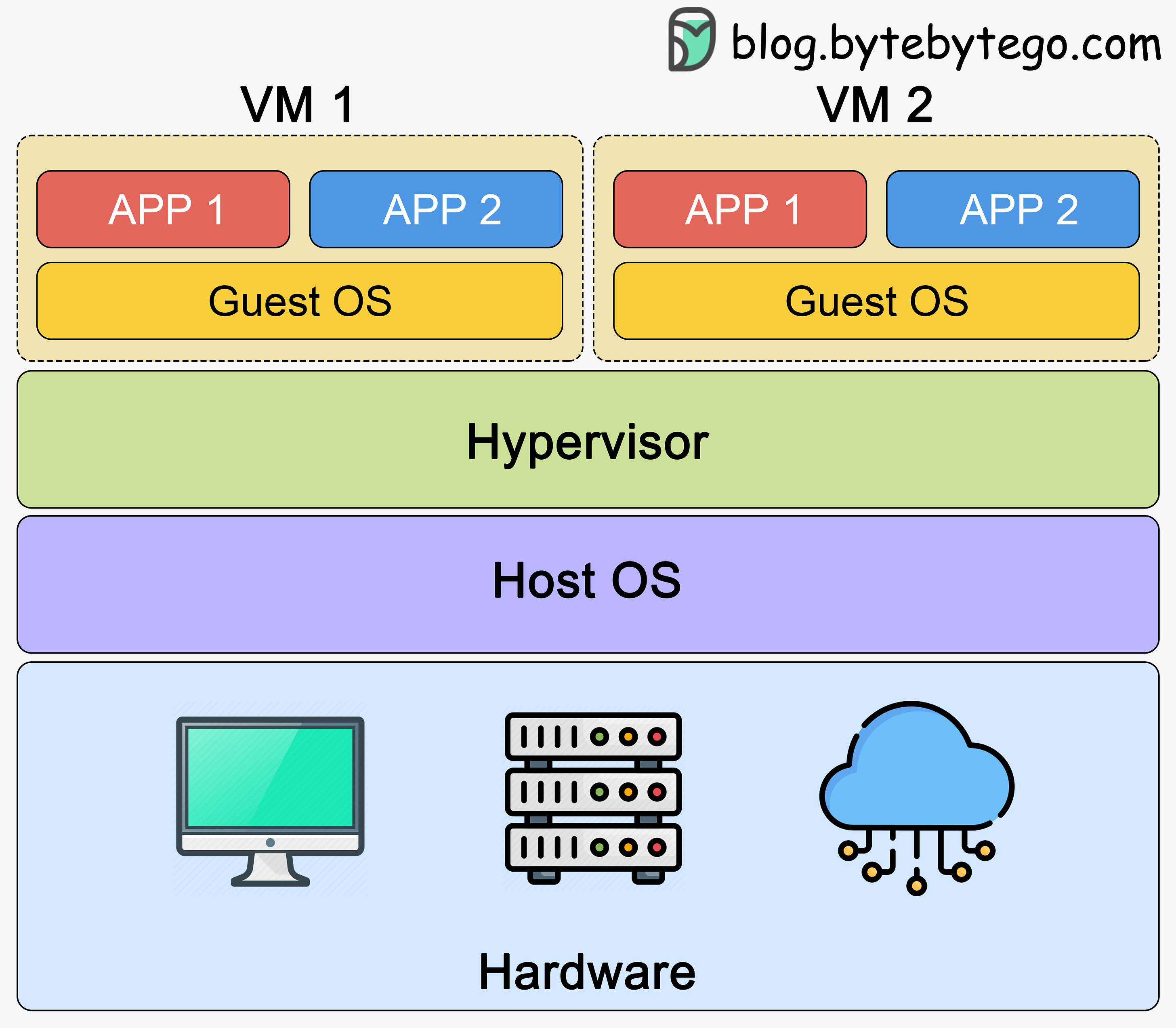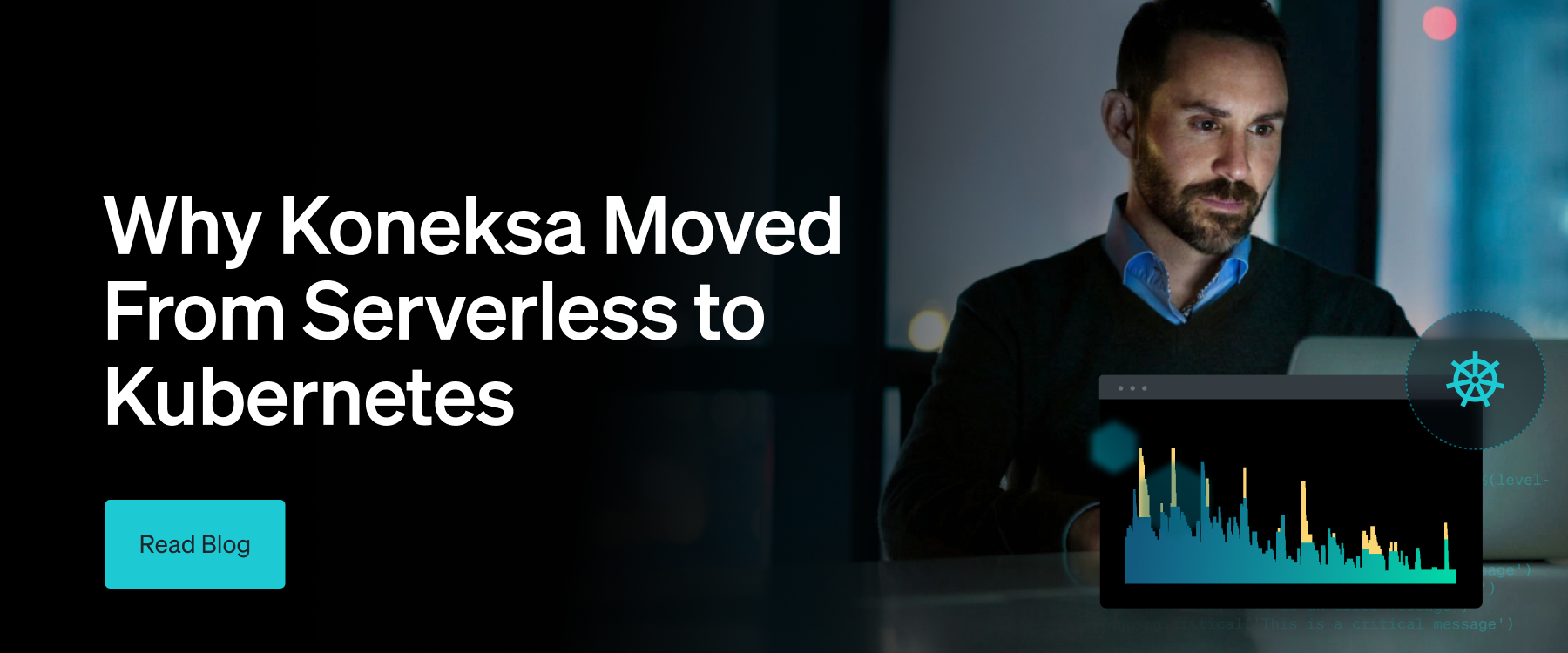Archives
- By thread 5371
-
By date
- June 2021 10
- July 2021 6
- August 2021 20
- September 2021 21
- October 2021 48
- November 2021 40
- December 2021 23
- January 2022 46
- February 2022 80
- March 2022 109
- April 2022 100
- May 2022 97
- June 2022 105
- July 2022 82
- August 2022 95
- September 2022 103
- October 2022 117
- November 2022 115
- December 2022 102
- January 2023 88
- February 2023 90
- March 2023 116
- April 2023 97
- May 2023 159
- June 2023 145
- July 2023 120
- August 2023 90
- September 2023 102
- October 2023 106
- November 2023 100
- December 2023 74
- January 2024 75
- February 2024 75
- March 2024 78
- April 2024 74
- May 2024 108
- June 2024 98
- July 2024 116
- August 2024 134
- September 2024 130
- October 2024 141
- November 2024 171
- December 2024 115
- January 2025 216
- February 2025 140
- March 2025 220
- April 2025 233
- May 2025 239
- June 2025 303
- July 2025 184
-
How could cities improve health for all?
On Point
A road map to healthy cities Brought to you by Liz Hilton Segel, chief client officer and managing partner, global industry practices, & Homayoun Hatami, managing partner, global client capabilities
— Edited by Belinda Yu, editor, Atlanta
This email contains information about McKinsey's research, insights, services, or events. By opening our emails or clicking on links, you agree to our use of cookies and web tracking technology. For more information on how we use and protect your information, please review our privacy policy.
You received this newsletter because you subscribed to the Only McKinsey newsletter, formerly called On Point.
Copyright © 2024 | McKinsey & Company, 3 World Trade Center, 175 Greenwich Street, New York, NY 10007
by "Only McKinsey" <publishing@email.mckinsey.com> - 01:33 - 21 Feb 2024 -
A Brief History of Airbnb’s Architecture
A Brief History of Airbnb’s Architecture
Boost your AI projects with Brave (Sponsored) You probably know Brave as the privacy browser. But did you also know it has a search API that can power your AI projects? Introducing, the Brave Search API. It’s affordable: Small teams can access the same tools as the big players.͏ ͏ ͏ ͏ ͏ ͏ ͏ ͏ ͏ ͏ ͏ ͏ ͏ ͏ ͏ ͏ ͏ ͏ ͏ ͏ ͏ ͏ ͏ ͏ ͏ ͏ ͏ ͏ ͏ ͏ ͏ ͏ ͏ ͏ ͏ ͏ ͏ ͏ ͏ ͏ ͏ ͏ ͏ ͏ ͏ ͏ ͏ ͏ ͏ ͏ ͏ ͏ ͏ ͏ ͏ ͏ ͏ ͏ ͏ ͏ ͏ ͏ ͏ ͏ ͏ ͏ ͏ ͏ ͏ ͏ ͏ ͏ ͏ ͏ ͏ ͏ ͏ ͏ ͏ ͏ ͏ ͏ ͏ ͏ ͏ ͏ ͏ ͏ ͏ ͏ ͏ ͏ ͏ ͏ ͏ ͏ ͏ ͏ ͏ ͏ ͏ ͏ ͏ ͏ ͏ ͏ ͏ ͏ ͏ ͏ ͏ ͏ ͏ ͏ ͏ ͏ ͏ ͏ ͏ ͏ ͏ ͏ ͏ ͏ ͏ ͏ ͏ ͏ ͏ ͏ ͏ ͏ ͏ ͏ ͏ ͏ ͏ ͏ ͏ ͏ ͏ ͏ ͏ ͏ ͏ ͏ ͏ ͏ ͏ ͏ ͏ ͏ ͏ ͏ ͏ ͏ ͏ ͏ ͏ ͏ ͏ ͏ ͏ ͏ ͏ ͏ ͏ ͏ ͏ ͏ ͏ ͏ ͏ ͏ ͏ ͏ ͏ ͏ ͏ ͏ ͏ ͏ ͏ ͏ ͏ ͏ ͏ ͏ ͏ ͏ ͏ ͏ ͏ ͏ ͏ ͏ ͏ ͏ ͏ ͏ Forwarded this email? Subscribe here for moreBoost your AI projects with Brave (Sponsored)
You probably know Brave as the privacy browser. But did you also know it has a search API that can power your AI projects?
Introducing, the Brave Search API.
It’s affordable: Small teams can access the same tools as the big players.
It’s high quality: Brave’s index is shaped by the sites that real people actually visit—no junk data
It’s easy to use: Data is structured for simple implementation, from NLP to complex query analysis.
It’s fast: The API is optimized for low latency, making it ideal for real-time apps like responsive search or chatbots.
Ready to tinker? Try it for free for up to 2,000 queries per month.
Brian Chesky and Joe Gabbia moved to San Francisco in 2007. While they were looking to raise money for their business ideas, they needed to pay their rent.
Incidentally, there was a design conference coming to town at the time which meant lots of designers would be looking for accommodation. They came up with the idea of placing an air mattress in their living room and turning it into a bed and breakfast.
In 2008, Nathan Blecharczyk joined Brian and Joe as CTO and Co-founder and they started a venture known as AirBed and Breakfast.
This was the birth of Airbnb.
Fast forward to today and Airbnb is operating in 200+ countries and 4 million hosts have welcomed over 1.5 billion guests across the globe.
As Airbnb grew by leaps and bounds, their software architecture has also evolved to keep pace with the changing times.
In this post, we will look at the evolution of Airbnb’s architecture over the years, the lessons they learned along the way and the tools they developed to support the vision.
The Initial Version
As with most startups, the first version of Airbnb’s web application was a monolithic application. It was built using Ruby-on-Rails and was internally known as the monorail.
Monolith in Airbnb’s view was a single tier unit that was responsible for both client and server-side functionality.
What does this mean in practice?
It means that the model, view and controller layers are combined together in a single repository.
The below diagram shows this approach.
There were several advantages to this monolithic approach:
Monoliths are easy to get started with which was the need of the hour for Airbnb initially
They are good for agile development
Complexity is manageable
The problems started as Airbnb’s engineering team grew rapidly. Airbnb was doubling year over year which meant more and more developers were adding new code as well as changing existing code within the monolithic application.
Over time, the code base started to get more tightly coupled and ownership of data became unclear. For example, it was difficult to determine which tables were owned by which application functionality. Any developer could make changes to any part of the application and it became difficult to track and coordinate the changes.
This situation led to multiple issues such as:
At any given time, hundreds of engineers were working on the monorail and therefore, deployments became slow and cumbersome.
Since Airbnb followed the philosophy of democratic deployments (where each engineer was responsible for testing and deploying their changes to prod), it became a huge mess of conflicting changes.
The engineering productivity went down and there was increased frustration among the developers.
To alleviate these pain points, Airbnb embarked on a migration journey to move from monolithic to a Service-Oriented Architecture or SOA.
SOA at Airbnb
How did Airbnb view Service-Oriented Architecture or SOA?
For them, SOA is a network of loosely coupled services where clients make their requests to some sort of gateway and the gateway routes these requests to multiple services and databases.
Adopting SOA allowed Airbnb to build and deploy services separately. Also, these services can be scaled independently and ownership becomes more clearly defined.
However, building services is one thing. It’s also extremely important to design these services with a disciplined approach.
Airbnb decided on some key principles to design these services with a disciplined approach:
Services should own both the reads and writes to their data. It’s quite similar to the database-per-service pattern where a particular database should be owned by one and only one service, making it easier to maintain data consistency.
Each service should address a specific concern. Airbnb wanted to make sure that the monolith does not decompose into another giant service that turned into another monolith over time. Also, they wanted to avoid the path of traditional granular microservices that are only good at one thing. Instead, Airbnb shifted towards building services focused on a specific business functionality. Think of it as a high-cohesion design.
Services should avoid duplicating functionality. Sharing parts of infrastructure or code was done by means of shared libraries and shared services, making them easier to maintain.
Data mutation should take place via standard events. For example, if the reservation service creates a new row, the availability service should learn about this reservation by means of an event so that it can mark the home’s availability as busy.
Each service must be built as if it was mission-critical. This meant the service should have appropriate alerting mechanisms, built-in observability and best practices for infrastructure.
In Airbnb’s view, these principles are extremely important and they help create a logical path that all engineers can follow in order to build a shared understanding of the service architecture.
Airbnb’s Migration Journey
With the above principles and goals, Airbnb began the migration journey from the monorail to a brand-new service-oriented approach.
It was a long migration process that went through multiple iterations along the way.
Version 1
In this version, every request went through the monorail.
The monorail was basically responsible for the presentation view, business logic and also, the data access.
You can consider it as the initial state of Airbnb’s architecture.
Version 2
The next version was a hybrid where the monorail coexisted with the service-oriented architecture.
The main difference was that the monorail only handled the routing and view layer. Its job was to send incoming API traffic to the network of new services that were responsible for the business logic, data model and access.
What kind of services are we talking about over here?
Airbnb classified their services into four different types as shown in the below diagram.
Here are the details of the various types of services:
Data Service - This is the bottom layer and acts as the entry-point for all read and write operations on the data entities. A data service must not be dependent on any other service because it only accesses the data storage.
Derived Data Service - The derived services stay one layer above the data service. These services can read from the data services and also apply some basic business logic.
Middle Tier - They are used to house large pieces of business logic that doesn’t fit at the data service level or the derived data service level.
Presentation Service - At the very top of the structure are the presentation services. Their job is to aggregate data from all the other services. In addition, the presentation service also applies some frontend specific business logic before returning the data to the client.
With these service definitions, Airbnb started by building the data service layer.
For example, they started with the home data service that acted as the foundational layer of the Airbnb business. The current monorail setup accessed data from the table using the Active Record data access library in Rails.
They intercepted the incoming requests at the Active Record level and instead of routing to the database, they sent these requests to the new homes data service. The homes data service was then responsible for routing to the data store.
The below diagram shows this approach.
After creating the core data services, Airbnb also migrated the core business logic as well to the SOA approach.
For example, migrating services like the pricing derived data service that needed some information about a home from the homes data service as well as other stores such as offline price and trends.
The next step involved migrating presentation services such as the checkout presentation service that depends on pricing information and homes information from the derived data service and the core data service.
All of these changes were part of Version 2 where both the monorail and the new services co-existed within the same request cycle.
Version 3
In this version of the migration journey, the monorail was completely eliminated.
The client makes a request to the API gateway, which acts as a service layer responsible for middleware and routing. The gateway populates the request context and routes the requests to the SOA network where the various services are responsible for the presentation logic and data access logic.
The web client is handled a little differently. There’s a specific service to handle the web requests.
Why is it needed?
This service returns the HTML to the web client by calling the API Gateway and populating the response received in the required format. The API Gateway takes care of all the middleware functions and propagates the request through the SOA network.
The below diagram tries to show this scenario:
Migrating Reads and Writes
By now, you may have realized that going from a monolithic architecture to a service-oriented one is not an overnight process.
For Airbnb, a lot of time was spent in the middle phase where both the monorail and the new services had to be supported as first-class citizens.
A request could go through the monorail or through the services. This means that it was a critical requirement to ensure that functionality didn’t break apart for both the routes and the responses were equal.
To support this, Airbnb built comparison frameworks for reads as well as writes.
Reads
The first use of these comparison frameworks was in read operations because reads are idempotent. You can issue multiple read requests and get the same response.
The idea was to issue dual reads and compare the response from read path A that went through the monorail with the response from read path B that went through the new services. The captured responses were then emitted as standard events that were consumed and sent to an offline comparison framework.
The comparison framework was placed behind an admin tool so that the traffic can be controlled without the need for code changes and deployments. Once the responses are adjusted, Airbnb engineers could slowly ramp up traffic through the service path and monitor the comparison for differences.
Once the comparison looks clean, all read requests are moved to the new service.
Writes
For writes, things had to be done differently because one cannot dual write to the same database. Instead, a shadow database was utilized.
Let’s say the monorail is making a call to a presentation service that’s hitting the production database. This is write path A.
Now, a middle-tier service is introduced to offload some validations from the presentation service. Initially, this middle-tier service will write to a shadow database instead of the main production database.
At this point, it becomes easy to issue strongly consistent read requests to both the production and shadow database and compare the results.
Once the comparison is clean, we can move the writes via the new service and to the production database.
Pros and Cons of SOA
As Airbnb went through the migration journey from the monorail to a SOA-based architecture, some pros and cons started to become obvious.
Some pros were as follows:
The system became more reliable and highly available. Even if one service went down, other parts of the service-oriented architecture could still function.
Services were now individually scalable, allowing fine-tuning of the resource allocation depending on the real needs of the system.
Increased business agility due to separating different parts of the product into different services. Each team could iterate in parallel.
However, there were some cons as well:
Engineers can take more time to ship a feature in service-oriented architecture because they need to first acquaint themselves with the various services. Also, any change potentially involves multiple services
Even though services were loosely coupled, certain patterns of logic had to be repeated across different services.
Complicated dependency graph especially when there is a lack of API governance. This could also result in circular dependencies and also make it difficult for engineers to debug errors.
Tools and Techniques to Support SOA
As we saw from the previous section, the migration to SOA unlocked multiple challenges for the Airbnb engineering team.
For example, single requests now fan out to multiple services and increase the chances of failure. Also, separating the data model in multiple databases is good for service-level consistency but it makes transactionality more difficult to enforce.
Service orchestration also became more complex over time. With hundreds of engineers building services, Airbnb needed many more EC2 instances. Ultimately, this warranted a move towards using Kubernetes.
To make it easy for the engineering team to build services, the infrastructure team at Airbnb created a lot of building blocks along the journey.
API Framework
Airbnb created an in-house API framework built using the Thrift language.
This framework is used by all Airbnb services to define clean APIs that can talk to each other.
For example, let’s say Service A wants to talk to Service B. The Service B engineer only has to define the endpoint in simple Thrift language and the framework will auto-generate the endpoint logic to handle common stuff such as schema validations, observability metrics and so on.
Also, it creates a multi-threaded RPC client that Service A can use to talk to Service B. The client handles various functionalities such as retry logic, error propagation and transport.
What’s the advantage of this?
Engineers can focus on handling the core business logic and not spend any time worrying about the details of inter-service communication.
To boost developer productivity, the Airbnb infra team also developed the API Explorer where engineers can browse different services, figure out which endpoints to call and even use an API playground to figure out how to call those endpoints.
Automated Canary Analysis with Spinnaker
Airbnb also leverages Spinnaker which is an open-source continuous delivery platform.
Spinnaker is used for application management and deployment across various cloud platforms. It supports all major platforms such as AWS, Azure, Kubernetes and so on, making it extremely easy to spin up new deployment environments.
You can create pipelines in Spinnaker representing a particular delivery process that starts with the creation of a build artifact and goes all the way to deploying the artifact in an environment.
With Spinnaker, Airbnb was able to easily set up the environments for performing automated canary analysis.
Basically, they deploy both the old and new snapshots to two temporary environments followed by routing a small percentage of traffic to both of them.
Based on the traffic analysis and error rates, an aggregate score is generated for the canary environment that helps decide whether to fail or promote the canary to the next stage in the deployment process.
Powergrid
Airbnb also built an in-house library called Powergrid that makes running tasks in parallel easy.
With Powergrid, they were able to organize the code execution as a Directed Acyclic Graph (DAG).
Each node of this DAG is a function or a task. Using this, the Airbnb engineers can model each service endpoint as a data flow with requests as the input and response as the output.
Since Powergrid supports multithreading and concurrency, it can be used to run tasks in parallel.
The below diagram shows the concept of Powergrid.
For example, consider that the host wants to send a special offer to the guest. However, the process has multiple checks and validations to be performed before this can be done.
With Powergrid, these validations can be performed by the respective services in parallel. After aggregating the responses, the special offer can be sent to the guest.
Simplifying Service Dependencies
Once Airbnb started down the path of SOA, there was no turning back.
However, initially there was a lack of service governance and dependency management that led to a complicated service interaction graph. It’s always a risky situation in a service-oriented approach where the call graph becomes extremely complex.
You end up with reduced speed of development for any new change.
Also, maintenance becomes difficult.
To handle this situation, Airbnb decided to simplify the service dependencies using the concept of Service Blocks.
Basically, you can think of each block as a collection of services related to a particular business functionality.
For example, the Listing Block encapsulates both the data and business logic related to the core listing attributes. Similarly, you can have other blocks such as the User Block and Availability Block.
The Block can then expose a nice and clean facade with consistent read and write endpoints to upstream clients. Under the hood, the facade orchestrates the coordination between data and business logic services as needed. Also, strict checks are implemented to prevent direct calls to any internal services within the block.
This approach greatly reduces the complexity of a service-oriented call graph.
Conclusion
To conclude things, Airbnb had several important lessons during the whole journey of migration from the monorail to SOA.
Here are a few important ones to takeaway:
Invest in common infrastructure early
Prioritize the simplification of service dependencies
Make the necessary cultural changes to enable service-oriented approach
SOA is not a fixed destination but a journey of continuous improvement and refinement.
References:
Like
Comment
Restack
© 2024 ByteByteGo
548 Market Street PMB 72296, San Francisco, CA 94104
Unsubscribe
by "ByteByteGo" <bytebytego@substack.com> - 11:39 - 20 Feb 2024 -
Join me on Thursday for Level up your Kubernetes Observability with New Relic
Hi MD,
It's Harry Kimpel, Principal Developer Relations Engineer at New Relic, here.
We all know that Kubernetes will not go away anytime soon. Prometheus is the de-facto standard when it comes to gathering metrics from various components of a Kubernetes environment, including applications, services and the underlying infrastructure.
I wanted to share something that might interest you – a free online workshop "Level up your Kubernetes Observability with New Relic" on 22nd February at 10 am GMT/ 11 am CET. I'll be diving into the nitty-gritty of crafting a solid understanding of the Prometheus agent for Kubernetes. Picture this: live Kubernetes environment, hands-on with Kubernetes labels and annotations, manipulating data ingest by dropping labels and metrics, and much more.
Topics on the agenda? Think about improving your understanding of the Prometheus agent and how to make configuration changes that affect the metrics sent to New Relic. It's the kind of insider info that can make a real difference in your day-to-day.
You can find the full agenda on the registration page here. While we recommend attending the hands-on workshop live, you can also register to receive the recording.
I hope to see you then,
Harry Kimpel
Principal Developer Relations EngineerNew Relic
This email was sent to info@learn.odoo.com as a result of subscribing or providing consent to receive marketing communications from New Relic. You can tailor your email preferences at any time here.Privacy Policy © 2008-24 New Relic, Inc. All rights reserved
by "Harry Kimpel, New Relic" <emeamarketing@newrelic.com> - 06:11 - 20 Feb 2024 -
Gen AI can “put the travel agent back in the online travel agency”
On Point
Chatting with Expedia’s Ariane Gorin Brought to you by Liz Hilton Segel, chief client officer and managing partner, global industry practices, & Homayoun Hatami, managing partner, global client capabilities
•
AI travel agent. How might generative AI change the business of travel? Expedia’s Ariane Gorin has a few thoughts to share. “Smart players are going to benefit from [using gen AI],” says Gorin, who was recently named Expedia’s next CEO. By creating personalized travel experiences, helping people discover new destinations, and responding to people’s queries, gen AI platforms can help companies “put the travel agent back in the online travel agency,” Gorin shared with McKinsey partner Emma Loxton.
— Edited by Belinda Yu, editor, Atlanta
This email contains information about McKinsey's research, insights, services, or events. By opening our emails or clicking on links, you agree to our use of cookies and web tracking technology. For more information on how we use and protect your information, please review our privacy policy.
You received this newsletter because you subscribed to the Only McKinsey newsletter, formerly called On Point.
Copyright © 2024 | McKinsey & Company, 3 World Trade Center, 175 Greenwich Street, New York, NY 10007
by "Only McKinsey" <publishing@email.mckinsey.com> - 01:44 - 20 Feb 2024 -
White Label Route Optimization Software - Automate the planning and scheduling of your fleets.
White Label Route Optimization Software - Automate the planning and scheduling of your fleets.
Optimize Routes for Increased Efficiency, Reduced Costs, and Improved Customer Satisfaction.
Automate planning and scheduling of fleet routes to improve efficiency, reduce costs, and enhance customer satisfaction.
Catch a glimpse of what our software has to offer

Autonomous route planning
AI-driven route planning that can reduce errors caused by human negligence and minimize human intervention.

Intelligent vehicle allocation
Maximize efficiency with our intelligent vehicle allocation, dynamically optimizing routes for reduced costs and improved service delivery.

Accurate geocoding
Leverage precise geocoding to ensure accurate location mapping for optimized routing and enhanced operational reliability.

Cost-based route optimization
Cost-based route optimization minimizes expenses by calculating the most economical paths, reducing fuel use and operational costs effectively.

Single route plan
Plan smart routes that combine regular deliveries and return trips in one journey, making logistics smoother and more efficient.

Optimization Based on Distance
Our route optimization prioritizes the shortest distances, ensuring quicker deliveries and lower fuel consumption for enhanced efficiency and cost savings.

Learn how our video telematics can help your business grow
Uffizio Technologies Pvt. Ltd., 4th Floor, Metropolis, Opp. S.T Workshop, Valsad, Gujarat, 396001, India
by "Sunny Thakur" <sunny.thakur@uffizio.com> - 07:00 - 19 Feb 2024 -
Feel better: A leader’s guide to the wellness market
To your health Brought to you by Liz Hilton Segel, chief client officer and managing partner, global industry practices, & Homayoun Hatami, managing partner, global client capabilities
The concept of “wellness” may have become a cornerstone of workplace management strategies today: many organizations now consider ensuring employee wellness a hallmark of effective leadership. As far back as the 1940s, wellness began to be defined as something more than the mere absence of disease, and by the 1990s, it had come to mean a holistic, healthy lifestyle encompassing physical, mental, spiritual, and social well-being. But that expansive definition of wellness can be challenging to implement in practice, especially across an organization. This week, we offer a quick-start guide.
What are people looking for when they pursue wellness? They generally look for solutions across six dimensions—health, fitness, nutrition, appearance, mindfulness, and sleep. They also want effective, science-backed answers. Our latest Future of Wellness survey of more than 5,000 consumers in the United States, United Kingdom, and China reveals seven areas that may be ripe for investment in the $1.8 trillion global wellness market in 2024. For example, demand for healthy aging and longevity solutions is increasing as populations across developed economies continue to age. “Bringing products and services to market that anticipate the needs of aging consumers will be particularly important,” note McKinsey senior partner Warren Teichner and colleagues. As people live longer, leaders may need to consider how workplaces can adapt to an older workforce, as well as explore other complex issues such as financing long-term healthcare.
That’s the number of common ways in which people orient themselves toward purpose, according to McKinsey researchers. “Since individual purpose directly affects both health and motivation, forward-looking companies will be focusing on purpose as part of a broader effort to ensure that talent is given the primacy it deserves,” they suggest. For example, an employee who puts a high value on caring—one of the nine types of purpose—may prioritize helping loved ones or responding to the needs of family and friends. Leaders who can support individuals in connecting their purpose to that of their organization may help improve both organizational and employee well-being.
That’s McKinsey senior partner Aaron De Smet and colleagues on improving employee engagement. Perhaps not surprisingly, workers who report high levels of personal well-being tend to be more satisfied with their work and have a positive impact on team morale. (Our short quiz can help you assess satisfaction levels on your team.) “Managers who move their employees up the satisfaction spectrum toward higher engagement are therefore making a strategic choice,” observe the McKinsey experts. Poor employee well-being can cost an organization up to $20 million in lost opportunity and 15 to 20 percent of total payroll in voluntary turnover costs because of burnout.
Data privacy may be a big concern for consumers—but they may not mind sharing their personal data to get customized wellness products and services. That’s just one surprising finding of our survey of 7,500 consumers in six countries. Another is a growing preference for natural products. “We were surprised at the categories where natural is winning out,” says McKinsey partner Anna Pione in a McKinsey on Consumer and Retail podcast. “It does vary a little bit from country to country, but in all of them, we saw that same pattern, where ‘natural’ is winning over ‘effective’ for many categories.” Players entering the wellness segment may need to recognize that the market stands “at the intersection of healthcare, consumer goods, and digital,” notes partner Eric He. “That means you have to fundamentally think through what your winning model archetype is. What’s your differentiated value proposition? Go back to the business fundamentals.”
If you associate wellness with yoga classes, meditation camps, or healthy snack offerings, you may not be wrong. But the health and beauty makeovers of the future may add new dimensions to wellness products and services. In a video, McKinsey experts weigh in on what the wellness industry could look like in 2030. “A lot of the growth is in smaller, niche products,” says senior partner Jessica Moulton. “Keep experimenting with ways to get great at small.” Former partner and McKinsey alum Emma Spagnuolo expects beauty retailers to offer “clinical treatments, like microdermabrasion, that up until now have been done only in a dermatologist’s office or a medical spa,” while senior partner Manish Chopra anticipates a larger role for technology and wearables in the pursuit of mindfulness: “At whatever time in the evening, the wearable device would start saying, ‘Listen, you need to quiet your mind now.’”
Lead by staying well.
– Edited by Rama Ramaswami, senior editor, New York
Share these insights
Did you enjoy this newsletter? Forward it to colleagues and friends so they can subscribe too. Was this issue forwarded to you? Sign up for it and sample our 40+ other free email subscriptions here.
This email contains information about McKinsey’s research, insights, services, or events. By opening our emails or clicking on links, you agree to our use of cookies and web tracking technology. For more information on how we use and protect your information, please review our privacy policy.
You received this email because you subscribed to the Leading Off newsletter.
Copyright © 2024 | McKinsey & Company, 3 World Trade Center, 175 Greenwich Street, New York, NY 10007
by "McKinsey Leading Off" <publishing@email.mckinsey.com> - 04:11 - 19 Feb 2024 -
Business topics that are top of mind for McKinsey leaders in 2024
Priority themes for 2024 Brought to you by Liz Hilton Segel, chief client officer and managing partner, global industry practices, & Homayoun Hatami, managing partner, global client capabilities
New from McKinsey & Company
Leaders had a lot to navigate in 2023, including geopolitical turmoil, the energy transition, generative AI and its implications across industries and functions, and other disruptions. Which themes will dominate the business environment as they face the year ahead? This President’s Day weekend, dive into recent insights from the following McKinsey partners on topics that are top of mind for chief executives, including financing the energy transition, competitiveness in Europe, women’s health, international growth in Asia, new opportunities for generative AI, building trust and resilience, and navigating an interconnected world.
•
Michael Birshan, London
•
Solveigh Hieronimus, Munich
•
Jukka Maksimainen, Helsinki
•
Asutosh Padhi, Chicago
•
Lucy Pérez, Boston
•
Jeongmin Seong, Shanghai
•
Humayun Tai, New York
To see more essential reading on topics that matter, visit McKinsey Themes.
— Edited by Joyce Yoo, editor, New York
This email contains information about McKinsey's research, insights, services, or events. By opening our emails or clicking on links, you agree to our use of cookies and web tracking technology. For more information on how we use and protect your information, please review our privacy policy.
You received this email because you subscribed to our McKinsey Global Institute alert list.
Copyright © 2024 | McKinsey & Company, 3 World Trade Center, 175 Greenwich Street, New York, NY 10007
by "McKinsey & Company" <publishing@email.mckinsey.com> - 02:07 - 18 Feb 2024 -
The week in charts
The Week in Charts
Women’s health disparities, clean hydrogen demand, and more Share these insights
Did you enjoy this newsletter? Forward it to colleagues and friends so they can subscribe too. Was this issue forwarded to you? Sign up for it and sample our 40+ other free email subscriptions here.
This email contains information about McKinsey's research, insights, services, or events. By opening our emails or clicking on links, you agree to our use of cookies and web tracking technology. For more information on how we use and protect your information, please review our privacy policy.
You received this email because you subscribed to The Week in Charts newsletter.
Copyright © 2024 | McKinsey & Company, 3 World Trade Center, 175 Greenwich Street, New York, NY 10007
by "McKinsey Week in Charts" <publishing@email.mckinsey.com> - 03:38 - 17 Feb 2024 -
EP99: What is the best way to learn SQL?
EP99: What is the best way to learn SQL?
This week’s system design refresher: Top 6 Tools to Turn Diagrams into Beautiful Code (Youtube video) How do you pay from your digital wallet, such as Paypal, Paytm and Venmo, by scanning the QR code? What is the best way to learn SQL? What is gRPC?͏ ͏ ͏ ͏ ͏ ͏ ͏ ͏ ͏ ͏ ͏ ͏ ͏ ͏ ͏ ͏ ͏ ͏ ͏ ͏ ͏ ͏ ͏ ͏ ͏ ͏ ͏ ͏ ͏ ͏ ͏ ͏ ͏ ͏ ͏ ͏ ͏ ͏ ͏ ͏ ͏ ͏ ͏ ͏ ͏ ͏ ͏ ͏ ͏ ͏ ͏ ͏ ͏ ͏ ͏ ͏ ͏ ͏ ͏ ͏ ͏ ͏ ͏ ͏ ͏ ͏ ͏ ͏ ͏ ͏ ͏ ͏ ͏ ͏ ͏ ͏ ͏ ͏ ͏ ͏ ͏ ͏ ͏ ͏ ͏ ͏ ͏ ͏ ͏ ͏ ͏ ͏ ͏ ͏ ͏ ͏ ͏ ͏ ͏ ͏ ͏ ͏ ͏ ͏ ͏ ͏ ͏ ͏ ͏ ͏ ͏ ͏ ͏ ͏ ͏ ͏ ͏ ͏ ͏ ͏ ͏ ͏ ͏ ͏ ͏ ͏ ͏ ͏ ͏ ͏ ͏ ͏ ͏ ͏ ͏ ͏ ͏ ͏ ͏ ͏ ͏ ͏ ͏ ͏ ͏ ͏ ͏ ͏ ͏ ͏ ͏ ͏ ͏ ͏ ͏ ͏ ͏ ͏ ͏ ͏ ͏ ͏ ͏ ͏ ͏ ͏ ͏ ͏ ͏ ͏ ͏ ͏ ͏ ͏ ͏ ͏ ͏ ͏ ͏ ͏ ͏ ͏ ͏ ͏ ͏ ͏ ͏ ͏ ͏ ͏ ͏ ͏ ͏ ͏ ͏ ͏ ͏ ͏ ͏ ͏ Forwarded this email? Subscribe here for moreThis week’s system design refresher:
Top 6 Tools to Turn Diagrams into Beautiful Code (Youtube video)
How do you pay from your digital wallet, such as Paypal, Paytm and Venmo, by scanning the QR code?
What is the best way to learn SQL?
What is gRPC?
Meet New Relic AI, the First Generative AI Observability Assistant (Sponsored)
New Relic AI makes it easy for you to get the insights you need without having to make sense of tons of telemetry data. Cut through the noise to get the right answers quickly and easily. New Relic AI leverages OpenAI’s large language models (LLMs) so that any engineer can use everyday language and a familiar chat interface to ask questions and get insights, without prior observability experience. Observability is now as simple as asking New Relic AI, “Why is my cart not working?” or “Instrument my AWS.”
Top 6 Tools to Turn Diagrams into Beautiful Code
How do you pay from your digital wallet, such as Paypal, Paytm and Venmo, by scanning the QR code?
To understand the process involved, we need to divide the “scan to pay” process into two sub-processes:
Merchant generates a QR code and displays it on the screen
Consumer scans the QR code and pays
Here are the steps for generating the QR code:
When you want to pay for your shopping, the cashier tallies up all the goods and calculates the total amount due, for example, $123.45. The checkout has an order ID of SN129803. The cashier clicks the “checkout” button.
The cashier’s computer sends the order ID and the amount to PSP.
The PSP saves this information to the database and generates a QR code URL.
PSP’s Payment Gateway service reads the QR code URL.
The payment gateway returns the QR code URL to the merchant’s computer.
The merchant’s computer sends the QR code URL (or image) to the checkout counter.
The checkout counter displays the QR code.
These 7 steps complete in less than a second. Now it’s the consumer’s turn to pay from their digital wallet by scanning the QR code:
The consumer opens their digital wallet app to scan the QR code.
After confirming the amount is correct, the client clicks the “pay” button.
The digital wallet App notifies the PSP that the consumer has paid the given QR code.
The PSP payment gateway marks this QR code as paid and returns a success message to the consumer’s digital wallet App.
The PSP payment gateway notifies the merchant that the consumer has paid the given QR code.
Latest articles
If you’re not a paid subscriber, here’s what you missed this month.
To receive all the full articles and support ByteByteGo, consider subscribing:
What is the best way to learn SQL?
In 1986, SQL (Structured Query Language) became a standard. Over the next 40 years, it became the dominant language for relational database management systems. Reading the latest standard (ANSI SQL 2016) can be time-consuming. How can I learn it?
There are 5 components of the SQL language:DDL: data definition language, such as CREATE, ALTER, DROP
DQL: data query language, such as SELECT
DML: data manipulation language, such as INSERT, UPDATE, DELETE
DCL: data control language, such as GRANT, REVOKE
TCL: transaction control language, such as COMMIT, ROLLBACK
For a backend engineer, you may need to know most of it. As a data analyst, you may need to have a good understanding of DQL. Select the topics that are most relevant to you.
Over to you: What does this SQL statement do in PostgreSQL: “select payload->ids->0 from events”?What is gRPC?
The diagram below shows important aspects of understanding gRPC.
gRPC is a high-performance, open-source universal RPC (Remote Procedure Call) framework initially developed by Google. It leverages HTTP/2 for transport, Protocol Buffers as the interface description language, and provides features such as authentication, load balancing, and more. gRPC is designed to enable efficient and robust communication between services in a microservices architecture, making it a popular choice for building distributed systems and APIs.
Key Features of gRPC:
Protocol Buffers: By default, gRPC uses Protocol Buffers (proto files) as its interface definition language (IDL). This makes gRPC messages smaller and faster compared to JSON or XML.
HTTP/2 Based Transport: gRPC uses HTTP/2 for transport, which allows for many improvements over HTTP/1.x.
Multiple Language Support: gRPC supports a wide range of programming languages.
Bi-Directional Streaming: gRPC supports streaming requests and responses, allowing for the development of sophisticated real-time applications with bidirectional communication like chat services.
Like
Comment
Restack
© 2024 ByteByteGo
548 Market Street PMB 72296, San Francisco, CA 94104
Unsubscribe
by "ByteByteGo" <bytebytego@substack.com> - 11:38 - 17 Feb 2024 -
How to lead with inner agility
Lean into uncertainty Brought to you by Liz Hilton Segel, chief client officer and managing partner, global industry practices, & Homayoun Hatami, managing partner, global client capabilities

Confronting complexity during transformative times
Leaders today are no strangers to disruption: geopolitical conflicts, climate-related challenges, and a dizzying array of new technologies reshaping companies the world over, to name but a few. Beyond the obvious business implications, the sheer cognitive load that results from attempting to navigate these forces can be overwhelming. Faced with this competing complexity, it’s all too easy to rely on old habits to steer oneself through. But the bold leaders among us embrace the uncertainty at hand, learn from it, and use it to develop their teams—and themselves.
To better navigate the complexity, leaders can adopt five practices to help create the kind of agile mindset shift that disruptive times demand: pause to move faster (detach from the challenge to find a solution); embrace your ignorance (listen from a place of not knowing); radically reframe the questions (ask challenging questions to unblock your mental model); set direction, not destination (lead with vision, not just objectives); and test your solutions—and yourself (create safe-to-fail experiments to spark winning ideas).
Complex times require changing our relationship with complexity. To learn how, read Sam Bourton, Johanne Lavoie, and Tiffany Vogel’s 2018 McKinsey Quarterly classic, “Leading with inner agility.”Embrace uncertainty 


Share these insights
Did you enjoy this newsletter? Forward it to colleagues and friends so they can subscribe too. Was this issue forwarded to you? Sign up for it and sample our 40+ other free email subscriptions here.
This email contains information about McKinsey's research, insights, services, or events. By opening our emails or clicking on links, you agree to our use of cookies and web tracking technology. For more information on how we use and protect your information, please review our privacy policy.
You received this email because you subscribed to our McKinsey Classics newsletter.
Copyright © 2024 | McKinsey & Company, 3 World Trade Center, 175 Greenwich Street, New York, NY 10007
by "McKinsey Classics" <publishing@email.mckinsey.com> - 11:09 - 17 Feb 2024 -
What is the autonomous enterprise?
Transform every business process using AI͏ ͏ ͏ ͏ ͏ ͏ ͏ ͏ ͏ ͏ ͏ ͏ ͏ ͏ ͏ ͏ ͏ ͏ ͏ ͏ ͏ ͏ ͏ ͏ ͏ ͏ ͏ ͏ ͏ ͏ ͏ ͏ ͏ ͏ ͏ ͏ ͏ ͏ ͏ ͏ ͏ ͏ ͏ ͏ ͏ ͏ ͏ ͏ ͏ ͏ ͏ ͏ ͏ ͏ ͏ ͏ ͏ ͏ ͏ ͏ ͏ ͏ ͏ ͏ ͏ ͏ ͏ ͏ ͏ ͏ ͏ ͏ ͏ ͏ ͏ ͏ ͏ ͏ ͏ ͏ ͏ ͏ ͏ ͏ ͏ ͏ ͏ ͏ ͏ ͏ ͏ ͏ ͏ ͏ ͏ ͏ ͏ ͏ ͏ ͏ ͏ ͏ ͏ ͏ ͏ ͏ ͏ ͏ ͏ ͏ ͏ ͏ ͏ ͏ ͏ ͏ ͏ ͏ ͏ ͏ ͏ ͏ ͏ ͏ ͏ ͏ ͏ ͏ ͏ ͏ ͏ ͏ ͏ ͏ ͏ ͏ ͏ ͏ ͏ ͏ ͏ ͏ ͏ ͏ ͏ ͏ ͏ ͏ ͏ ͏ ͏ ͏ ͏ ͏ ͏ ͏Hi Md Abul,
Imagine an enterprise that evolves as quickly as the market demands, with intelligent processes that improve autonomously.
Join us on February 27th for our Megacast: The Path to the Autonomous Enterprise. You’ll hear from Tray CEO Rich Waldron, CTO Alistair Russell, and our Product Management team on:
- Why iPaaS is crucial for integrating AI across your enterprise
- How Tray’s unified, multi-experience platform lets every team member enhance business processes with AI
- New product features that will accelerate your journey toward the autonomous enterprise
Save your seat!
Featured speakers

Rich Waldron
CEO & Host

Ali Russell
CTO & Host

Alex Kolhofer
Head of Product Management

Tom Walne
Lead Product Manager
© Tray.io Inc. 25 Stillman Street, San Francisco, CA 94107, United States
Connectors | Blog | Careers
Unsubscribe from Tray.io Webinar and Event Invitations
Unsubscribe from all Tray.io marketing emails
by "The Tray.io Team" <team@tray.io> - 09:08 - 16 Feb 2024 -
How ambitious are today’s professional women?
On Point
4 myths about women at work Brought to you by Liz Hilton Segel, chief client officer and managing partner, global industry practices, & Homayoun Hatami, managing partner, global client capabilities
•
Women’s ambitions. Are women becoming less ambitious? Au contraire, McKinsey senior partners Alexis Krivkovich and Lareina Yee share on an episode of The McKinsey Podcast. Women’s career ambitions increased throughout the COVID-19 pandemic, McKinsey and LeanIn.Org’s 2023 Women in the Workplace report found. Roughly 80% of women in corporate America and Canada want to be promoted, an increase of about ten percentage points from 2019. Nearly every single woman—96%—says their career is important to them.
— Edited by Belinda Yu, editor, Atlanta
This email contains information about McKinsey's research, insights, services, or events. By opening our emails or clicking on links, you agree to our use of cookies and web tracking technology. For more information on how we use and protect your information, please review our privacy policy.
You received this newsletter because you subscribed to the Only McKinsey newsletter, formerly called On Point.
Copyright © 2024 | McKinsey & Company, 3 World Trade Center, 175 Greenwich Street, New York, NY 10007
by "Only McKinsey" <publishing@email.mckinsey.com> - 01:44 - 16 Feb 2024 -
Virtualization and Containerization: Which one to pick?
Virtualization and Containerization: Which one to pick?
Software applications have traditionally been closely tied to the specific servers they run on and the operating systems they use. But as companies look to get more out of their infrastructure while spending less time and effort managing it, vendors are offering easier deployment options. Virtualization and Containerization let you run multiple isolated applications on a single physical server while sharing and managing resources between them.͏ ͏ ͏ ͏ ͏ ͏ ͏ ͏ ͏ ͏ ͏ ͏ ͏ ͏ ͏ ͏ ͏ ͏ ͏ ͏ ͏ ͏ ͏ ͏ ͏ ͏ ͏ ͏ ͏ ͏ ͏ ͏ ͏ ͏ ͏ ͏ ͏ ͏ ͏ ͏ ͏ ͏ ͏ ͏ ͏ ͏ ͏ ͏ ͏ ͏ ͏ ͏ ͏ ͏ ͏ ͏ ͏ ͏ ͏ ͏ ͏ ͏ ͏ ͏ ͏ ͏ ͏ ͏ ͏ ͏ ͏ ͏ ͏ ͏ ͏ ͏ ͏ ͏ ͏ ͏ ͏ ͏ ͏ ͏ ͏ ͏ ͏ ͏ ͏ ͏ ͏ ͏ ͏ ͏ ͏ ͏ ͏ ͏ ͏ ͏ ͏ ͏ ͏ ͏ ͏ ͏ ͏ ͏ ͏ ͏ ͏ ͏ ͏ ͏ ͏ ͏ ͏ ͏ ͏ ͏ ͏ ͏ ͏ ͏ ͏ ͏ ͏ ͏ ͏ ͏ ͏ ͏ ͏ ͏ ͏ ͏ ͏ ͏ ͏ ͏ ͏ ͏ ͏ ͏ ͏ ͏ ͏ ͏ ͏ ͏ ͏ ͏ ͏ ͏ ͏ ͏ ͏ ͏ ͏ ͏ ͏ ͏ ͏ ͏ ͏ ͏ ͏ ͏ ͏ ͏ ͏ ͏ ͏ ͏ ͏ ͏ ͏ ͏ ͏ ͏ ͏ ͏ ͏ ͏ ͏ ͏ ͏ ͏ ͏ ͏ ͏ ͏ ͏ ͏ ͏ ͏ ͏ ͏ ͏ ͏ Forwarded this email? Subscribe here for moreLatest articles
If you’re not a subscriber, here’s what you missed this month.
To receive all the full articles and support ByteByteGo, consider subscribing:
Software applications have traditionally been closely tied to the specific servers they run on and the operating systems they use. But as companies look to get more out of their infrastructure while spending less time and effort managing it, vendors are offering easier deployment options. Virtualization and Containerization let you run multiple isolated applications on a single physical server while sharing and managing resources between them.
In this issue, we’ll talk about virtualization and containerization more broadly, aiming to give you a good understanding of these technologies without diving into specific platforms such as Docker and Kubernetes. While those platforms undoubtedly play significant roles here, our intention is to present a more generalized exploration. We’ll try to answer when to choose which technology and why. So, stick around and read on if you want to know the answer.
Players in the Space
Virtualization and containerization can be confusing, partly because so many players are in the space. On the virtualization side, we have open-source platforms like Xen and KVM. Then there’s VMware vSphere, Microsoft Hyper V, Oracle's Virtual Box, and more.
For containers, Docker is the most popular container engine right now. We also have alternatives like rkt, Podman, and Containerd. When it comes to container orchestration, options include Kubernetes, Docker Swarm, and Nomad.
With all these choices, how do you know what to use? Well, before we pick, let's back up and make sure we understand exactly what virtualization and containerization are. That context will help guide our decision.
Virtualization
Virtualization has been around for a while but still plays a key role in cloud computing today. So, let’s start with the basics: What exactly is virtualization?
Virtualization technology allows a single physical server to act like multiple separate computers. It creates virtual or simulated versions of computing resources like CPU, memory, network, and storage. These virtual resources can each run different applications and operating systems independently, even though they are all hosted on the same physical machine.
Here’s a straightforward example. Imagine having three physical servers, each designated for a specific purpose. One manages emails, another deals with web-related tasks, and the third oversees some internal legacy applications. Let’s say all these servers only run at about 35% capacity – nowhere near their full potential. In many traditional environments, critical apps would each run on dedicated servers to maximize stability and reliability. But this also meant inefficient resource use. Virtualization offers a solution.
It lets us divide the email server into two separate entities capable of handling different tasks, freeing up space for those legacy applications to migrate over. We get better hardware efficiency while still meeting operational needs.
With unused capacity freed up, any extra servers can now be repurposed for other uses or even retired, saving on operational and maintenance costs.
Let's talk about how virtualization works to understand where the efficiencies are.
How virtualization works
Virtualization works by creating and managing virtualized environments on a single physical machine. The key components include:
Hypervisors
Virtual machines
Host machines
Guest operating systems
Hypervisor
A hypervisor is software that runs above the physical server or host. It pools the host’s resources and allocates them to virtual machines (VMs).
There are two main types of hypervisors:
Type 1 Hypervisor: A Type 1 hypervisor installs directly on the physical server. They are also called bare metal hypervisors. Type 1 hypervisors are the most common. They provide better security and lower latency. Some examples are:
VMware ESXi
Microsoft Hyper-V
Open source KVM
Type 2 Hypervisor: A Type 2 hypervisor runs on top of a host operating system installed on the physical server. They are also called hosted hypervisors. Type 2 hypervisors see less frequent use, mainly for end-user virtualization. They have higher latency than Type 1 hypervisors. Some examples include:
Oracle VirtualBox
VMware Workstation
Keep reading with a 7-day free trial
Subscribe to ByteByteGo Newsletter to keep reading this post and get 7 days of free access to the full post archives.
A subscription gets you:
An extra deep dive on Thursdays Full archive Many expense it with team's learning budget Like
Comment
Restack
© 2024 ByteByteGo
548 Market Street PMB 72296, San Francisco, CA 94104
Unsubscribe
by "ByteByteGo" <bytebytego@substack.com> - 11:39 - 15 Feb 2024 -
Why Koneksa went from serverless back to host
New Relic
Meet the dynamic team at Koneksa. With a focus on research and discovery, this t
 Meet the dynamic team at Koneksa. With a focus on research and discovery, this trio is driving observability and instrumentation in their infrastructure. Their agile approach ensures flexibility for collaboration with larger teams. Small but mighty, they rely on the right tools to grow and scale, emphasizing the importance of measuring tool and project value.
Meet the dynamic team at Koneksa. With a focus on research and discovery, this trio is driving observability and instrumentation in their infrastructure. Their agile approach ensures flexibility for collaboration with larger teams. Small but mighty, they rely on the right tools to grow and scale, emphasizing the importance of measuring tool and project value.
Koneksa's data-centric world revolves around their full-service platform for remote data collection in clinical trials. They were facing challenges in understanding user patterns, especially during burst-like data uploads, so they adopted Kubernetes and Pixie during their microservices migration. Curious about how they handled spikes in load?
Dive into their journey from serverless back to host.
Read Blog Need help? Let's get in touch.



This email is sent from an account used for sending messages only. Please do not reply to this email to contact us—we will not get your response.
This email was sent to info@learn.odoo.com Update your email preferences.
For information about our privacy practices, see our Privacy Policy.
Need to contact New Relic? You can chat or call us at +44 20 3859 9190.
Strand Bridge House, 138-142 Strand, London WC2R 1HH
© 2024 New Relic, Inc. All rights reserved. New Relic logo are trademarks of New Relic, Inc

by "New Relic" <emeamarketing@newrelic.com> - 06:07 - 15 Feb 2024 -
How Europe can revive competitiveness
On Point
Tactics for growth in a new era Brought to you by Liz Hilton Segel, chief client officer and managing partner, global industry practices, & Homayoun Hatami, managing partner, global client capabilities
•
Lackluster growth. Europe is among the world’s leaders when it comes to sustainability and inclusion. Yet, on the third factor that’s critical to a thriving and eco-friendly future—growth—Europe’s track record is not as strong. Europe’s per capita GDP was 27% below that of the United States in 2022. Bridging that prosperity divide hinges on becoming more competitive on the global stage. In this new era, competitiveness is both more urgent and more challenging for Europe, notes McKinsey senior partner Massimo Giordano and coauthors.
— Edited by Querida Anderson, senior editor, New York
This email contains information about McKinsey's research, insights, services, or events. By opening our emails or clicking on links, you agree to our use of cookies and web tracking technology. For more information on how we use and protect your information, please review our privacy policy.
You received this newsletter because you subscribed to the Only McKinsey newsletter, formerly called On Point.
Copyright © 2024 | McKinsey & Company, 3 World Trade Center, 175 Greenwich Street, New York, NY 10007
by "Only McKinsey" <publishing@email.mckinsey.com> - 01:08 - 15 Feb 2024 -
There’s still time to enter the Remote Excellence Awards 2024 🏆
There’s still time to enter the Remote Excellence Awards 2024 🏆
⏳ Hop to it, there's a little over two weeks to go until the submission deadline!The Remote Excellence Awards are designed to celebrate YOU.
This is your chance to showcase the ways your company is shaping the future of remote work. Propel your team into the global limelight and celebrate the everyday heroes who are helping redefine the workplace 🚀
Entries close March 1, 2024 at 11:59PM UTC.
We’re looking forward to your entry!
Team Remote.
.png?height=64&upscale=true&name=Youtube%20(5).png)

.png?height=64&upscale=true&name=twitter%20(4).png)
.png?height=64&upscale=true&name=instagram%20(1).png)
You received this email because you are subscribed to News & Offers from Remote Europe Holding B.V
Update your email preferences to choose the types of emails you receive.
Unsubscribe from all future emailsRemote Europe Holding B.V
Copyright © 2024 Remote Europe Holding B.V All rights reserved.
Kraijenhoffstraat 137A 1018RG Amsterdam The Netherlands
by "Remote" <hello@remote-comms.com> - 11:31 - 14 Feb 2024 -
LEAP 2024: Get certified in API observability!
LEAP 2024: Get certified in API observability!
LEAP 2024: Gain exclusive access to the API observability certification and take your skills to new heights.Hi Md Abul,
On February 29th, LEAP 2024: The API observability conference will be the gateway to transforming your API observability skills from beginner to expert.
LEAP 2024 is shaping into an extraordinary event with 20+ speakers delivering insightful sessions across two parallel tracks – one focused on decision-makers and the other on implementers!
Now, here's the really exciting part: I'm delighted to introduce something totally unique to the event – the API observability fundamentals certification.
By joining us at LEAP 2024, you'll have the chance to become one of the very first to earn this credential. Not only will it showcase your expertise, but it'll also elevate your professional profile in the ever-evolving world of API observability.
But that's not all! I'm also thrilled to announce our wonderful list of speakers so far for LEAP 2024:
In addition to your hosts, me (Budha) and Tyk's observability expert Sonja Chevre, get ready to hear from industry experts who will provide actionable advice and tips you can implement right away.
Stay tuned because we'll be announcing more speakers soon! Trust me, you won't want to miss out on what they have to share.
The important bits:
Thurs
29
FebTime
9am - 4pm
ETVirtual
Zoom
eventI can't wait to see you there and witness the incredible impact LEAP 2024 will have on your observability journey. Let's make the most of it together!
Budha and team
Tyk, 87a Worship Street, London, City of London EC2A 2BE, United Kingdom, +44 (0)20 3409 1911
by "Budhaditya Bhattacharya" <communities@tyk.io> - 12:58 - 14 Feb 2024 -
Workplace friendships are fading. How can companies encourage connection?
On Point
Steps to rebuild social capital Brought to you by Liz Hilton Segel, chief client officer and managing partner, global industry practices, & Homayoun Hatami, managing partner, global client capabilities
•
Benefits of connections. Social capital, or connectivity in the workplace, can facilitate greater creativity, enable greater learning, and help workers advance their careers, McKinsey senior partner John Parsons shares on an episode of The McKinsey Podcast. To fully benefit from social capital, people must value not only the strong ties that connect them to others but also the weak ties that can bridge different areas of an organization and open up new opportunities, partner Brooke Weddle explains.
— Edited by Belinda Yu, editor, Atlanta
This email contains information about McKinsey's research, insights, services, or events. By opening our emails or clicking on links, you agree to our use of cookies and web tracking technology. For more information on how we use and protect your information, please review our privacy policy.
You received this newsletter because you subscribed to the Only McKinsey newsletter, formerly called On Point.
Copyright © 2024 | McKinsey & Company, 3 World Trade Center, 175 Greenwich Street, New York, NY 10007
by "Only McKinsey" <publishing@email.mckinsey.com> - 01:13 - 14 Feb 2024 -
Why you should pay closer attention to product design
On Point
Consumer companies' success with design Brought to you by Liz Hilton Segel, chief client officer and managing partner, global industry practices, & Homayoun Hatami, managing partner, global client capabilities
•
Pursing ‘triple wins.’ As consumers become less predictable, companies that rethink product design can make greater process toward “triple wins”: simultaneously pursuing growth, controlling costs, and reducing carbon emissions, McKinsey partner Dave Fedewa and colleagues share on an episode of the McKinsey on Consumer and Retail podcast. By eliminating an extra quarter-inch of air from a boxed food product, one company realized it could save a very large amount—eight digits, Fedewa recalls.
•
Puzzling behavior. Today’s consumers act in ways that can seem contradictory—for instance, splurging and saving at the same time, reflects McKinsey senior partner Warren Teichner. As a result, companies need to understand consumers at a much deeper level. Technologies such as generative AI can be used to scrape information and feedback from consumers, providing key insights to product designers and R&D leads, McKinsey senior partner Jennifer Schmidt explains. Discover how consumer companies can create value through innovative product design.
— Edited by Belinda Yu, editor, Atlanta
This email contains information about McKinsey's research, insights, services, or events. By opening our emails or clicking on links, you agree to our use of cookies and web tracking technology. For more information on how we use and protect your information, please review our privacy policy.
You received this newsletter because you subscribed to the Only McKinsey newsletter, formerly called On Point.
Copyright © 2024 | McKinsey & Company, 3 World Trade Center, 175 Greenwich Street, New York, NY 10007
by "Only McKinsey" <publishing@email.mckinsey.com> - 01:49 - 13 Feb 2024 -
Video Telematics Solution - Monitor the Activity and Driver Behavior for Multiple Types of Vehicles and Industry
Video Telematics Solution - Monitor the Activity and Driver Behavior for Multiple Types of Vehicles and Industry
Change the way your clients track and monitor their fleet with our advanced video telematics software.Change the way your clients track and monitor their fleet with our advanced video telematics software.

-1.png?width=1200&upscale=true&name=Waste%20Management%20(1)-1.png)

.png?width=1200&upscale=true&name=statics%20data%20of%20video%20telematics%20(1).png)
Learn how our video telematics can help your business grow

Uffizio Technologies Pvt. Ltd., 4th Floor, Metropolis, Opp. S.T Workshop, Valsad, Gujarat, 396001, India
by "Sunny Thakur" <sunny.thakur@uffizio.com> - 07:00 - 12 Feb 2024





